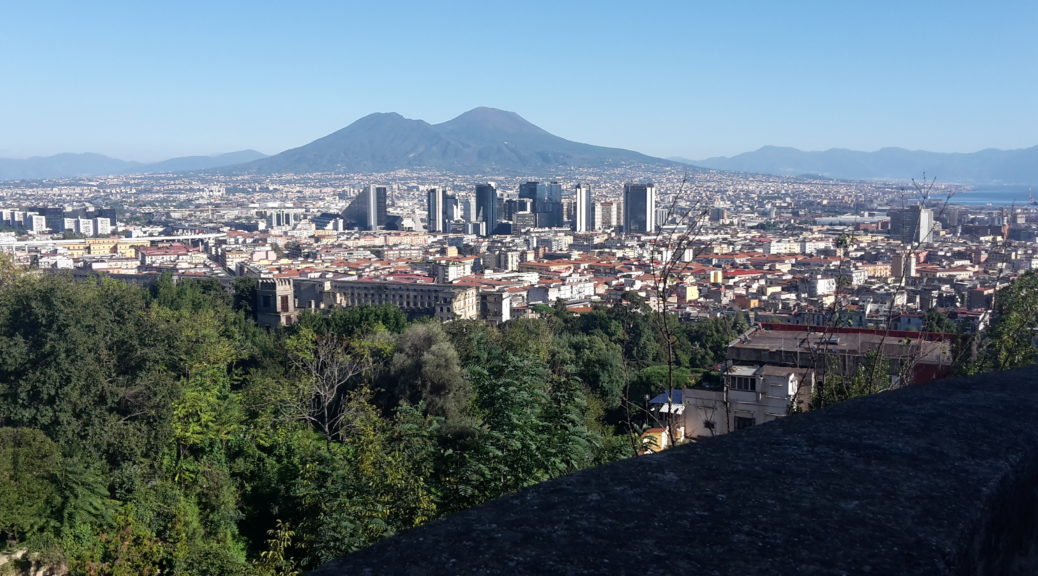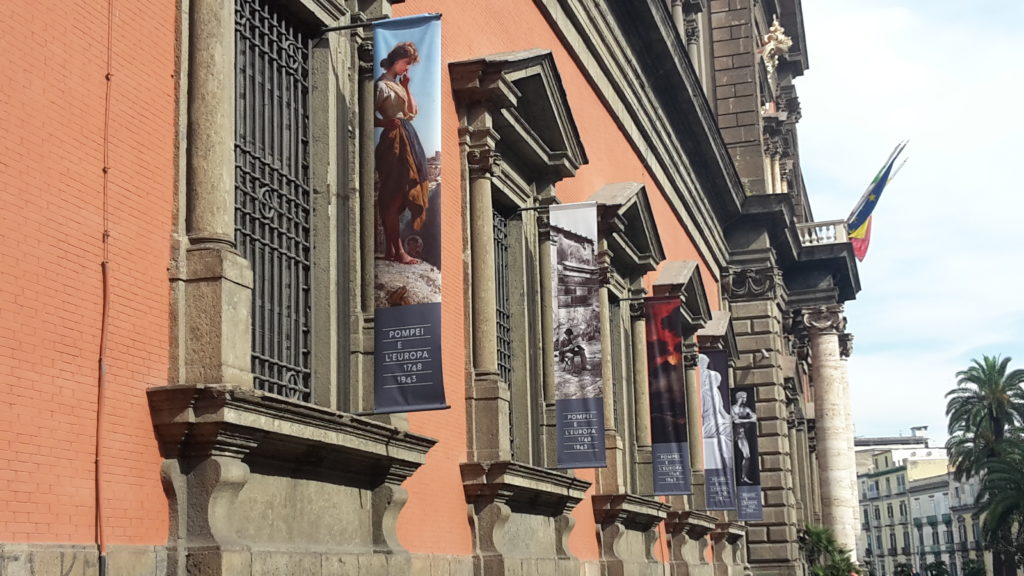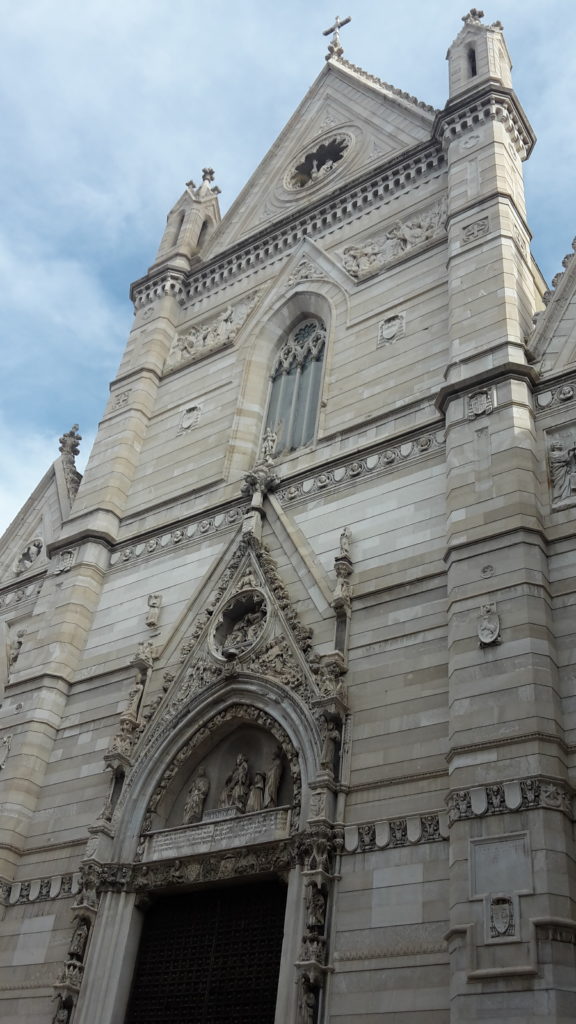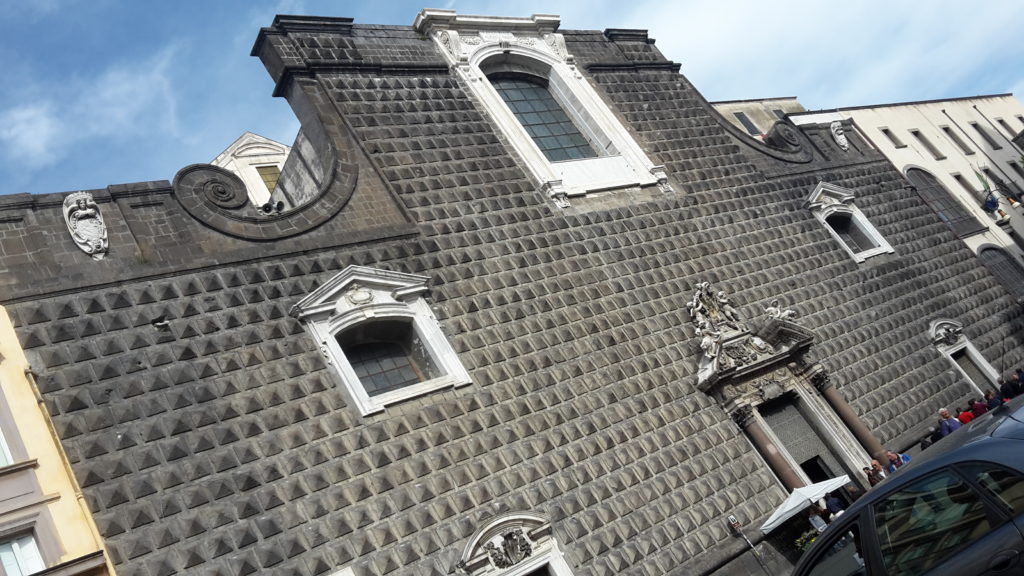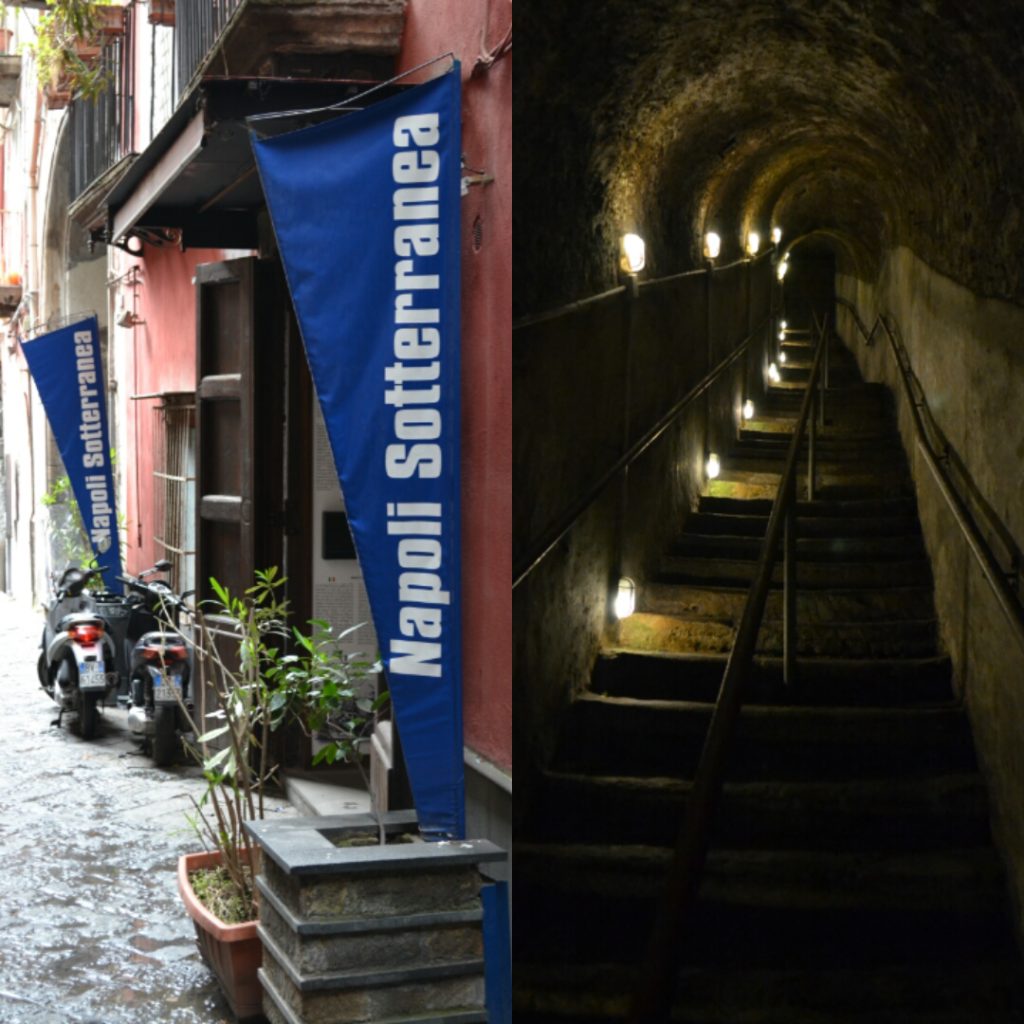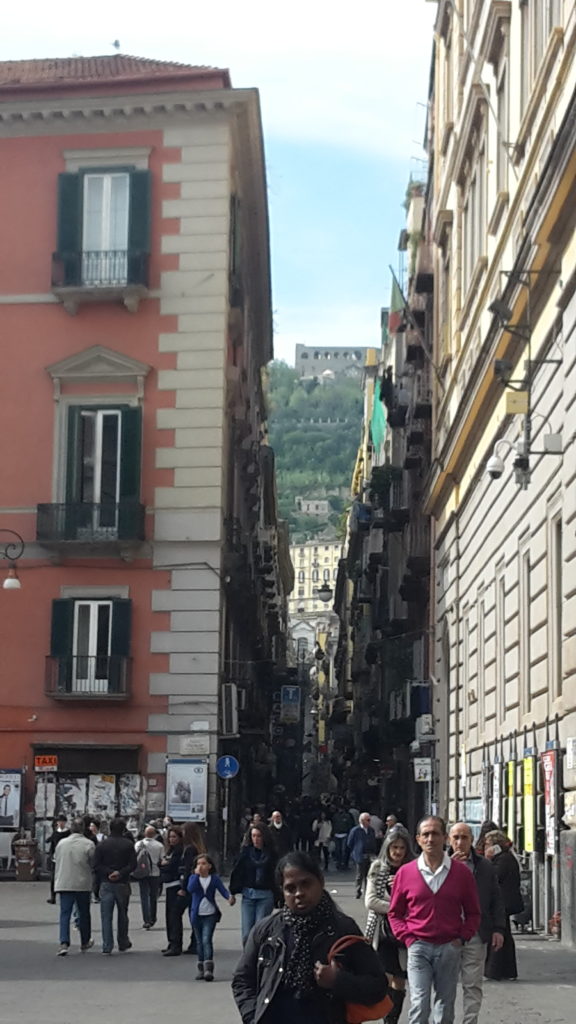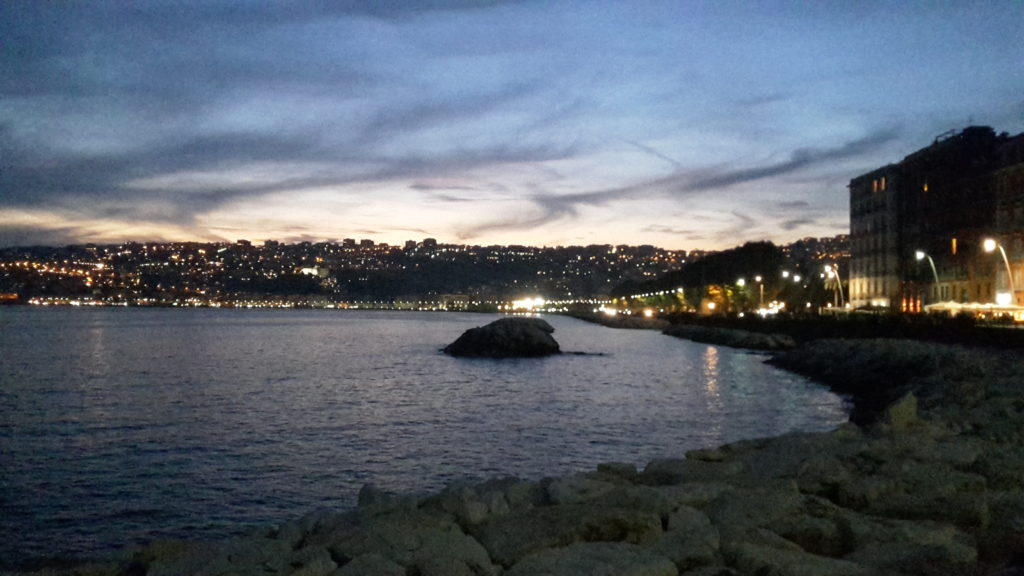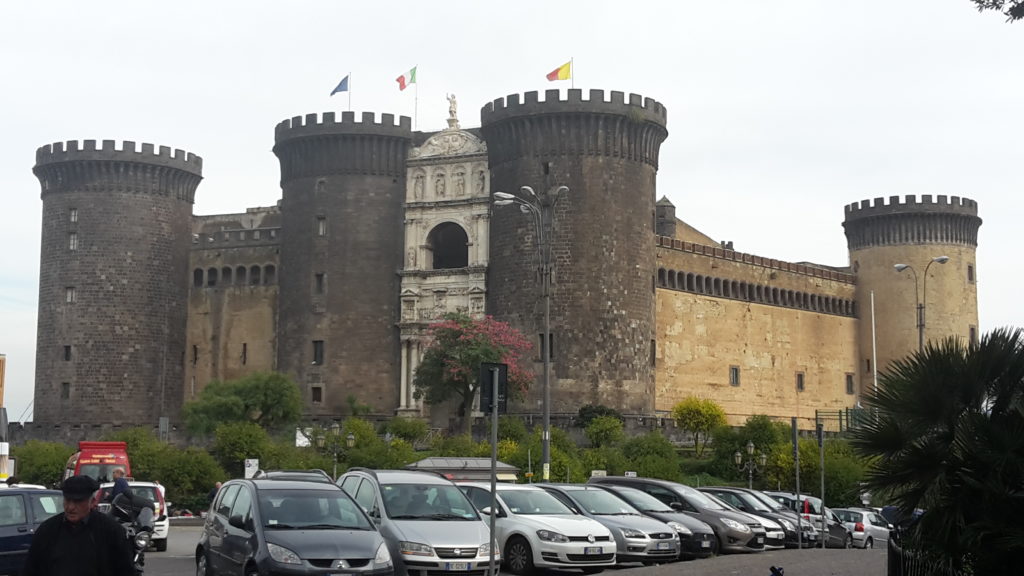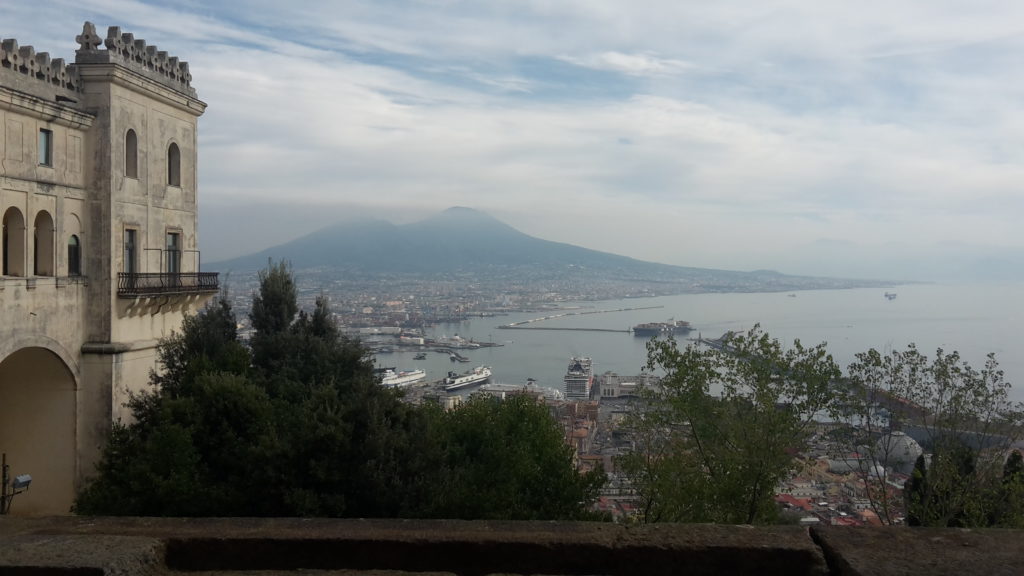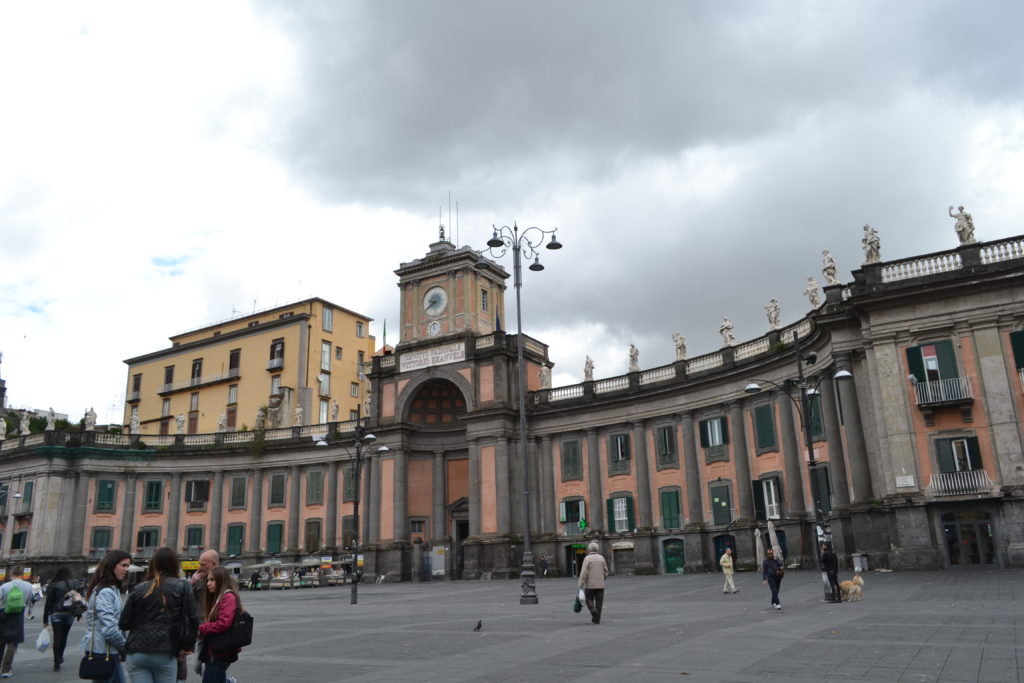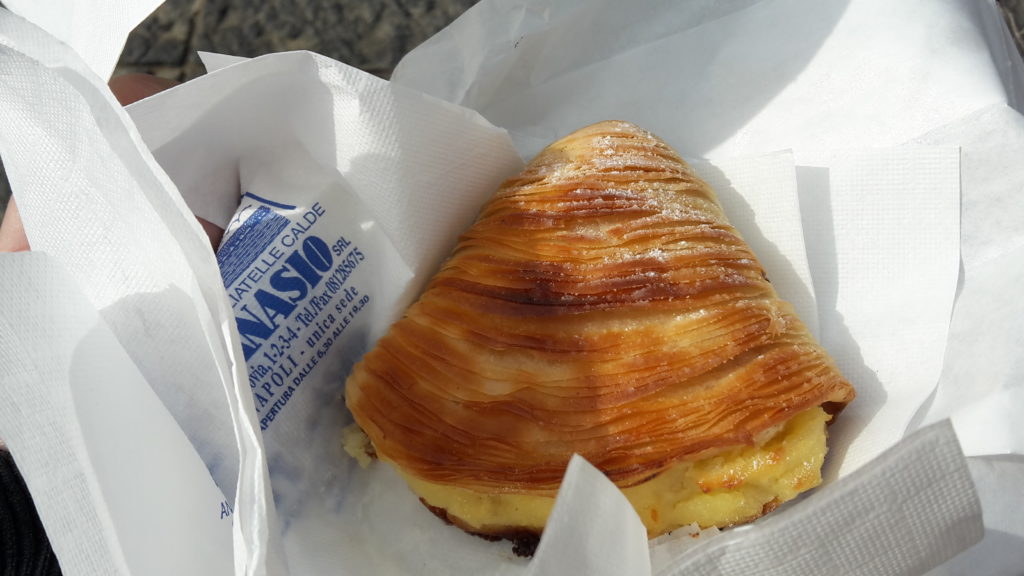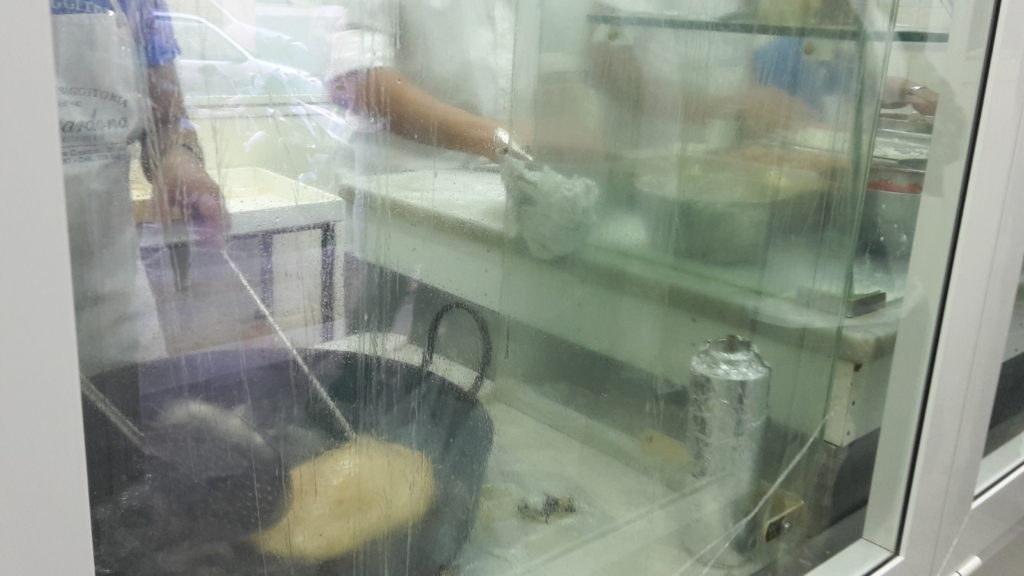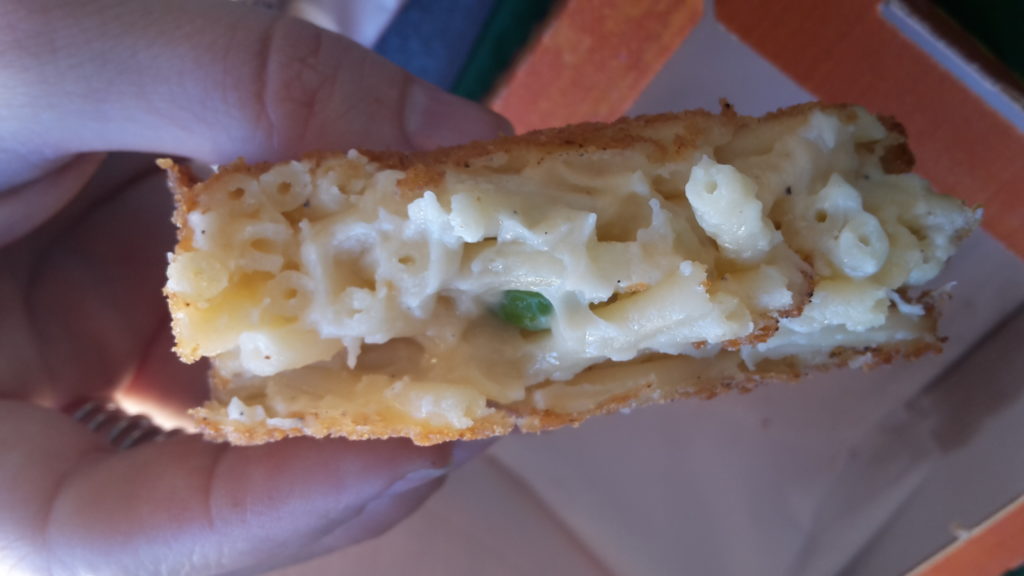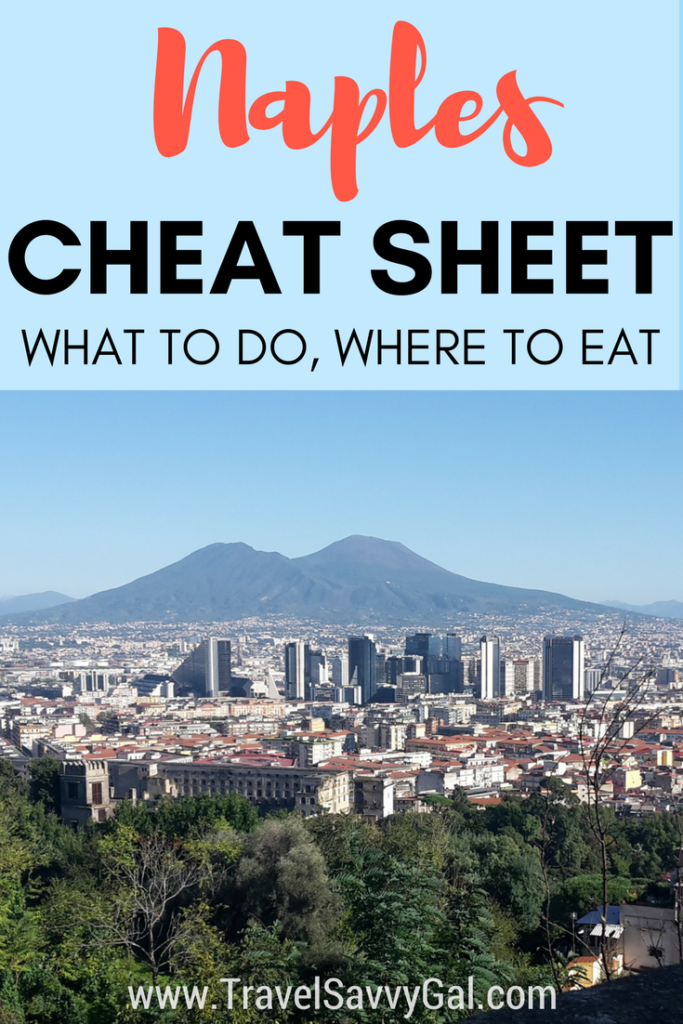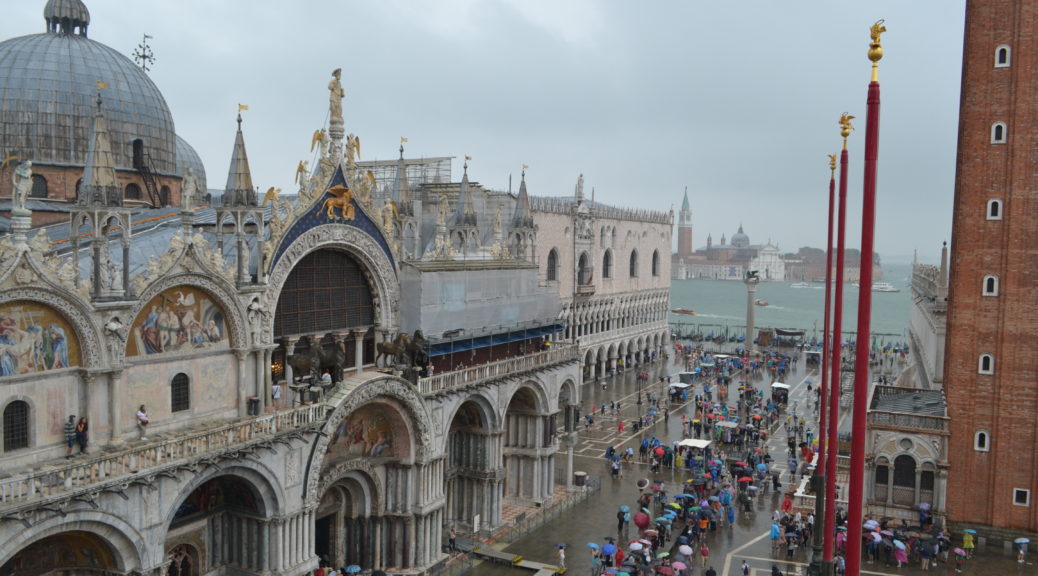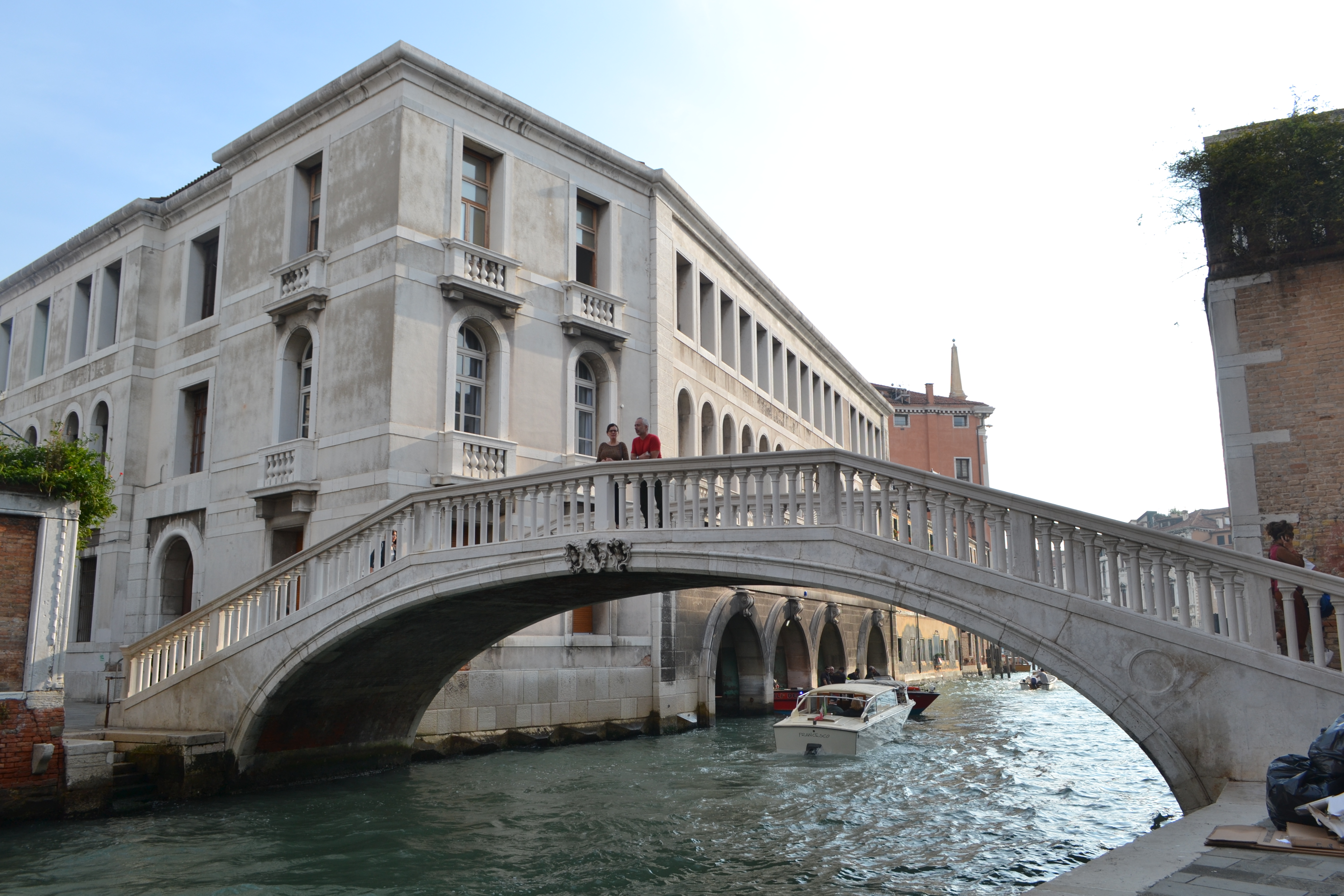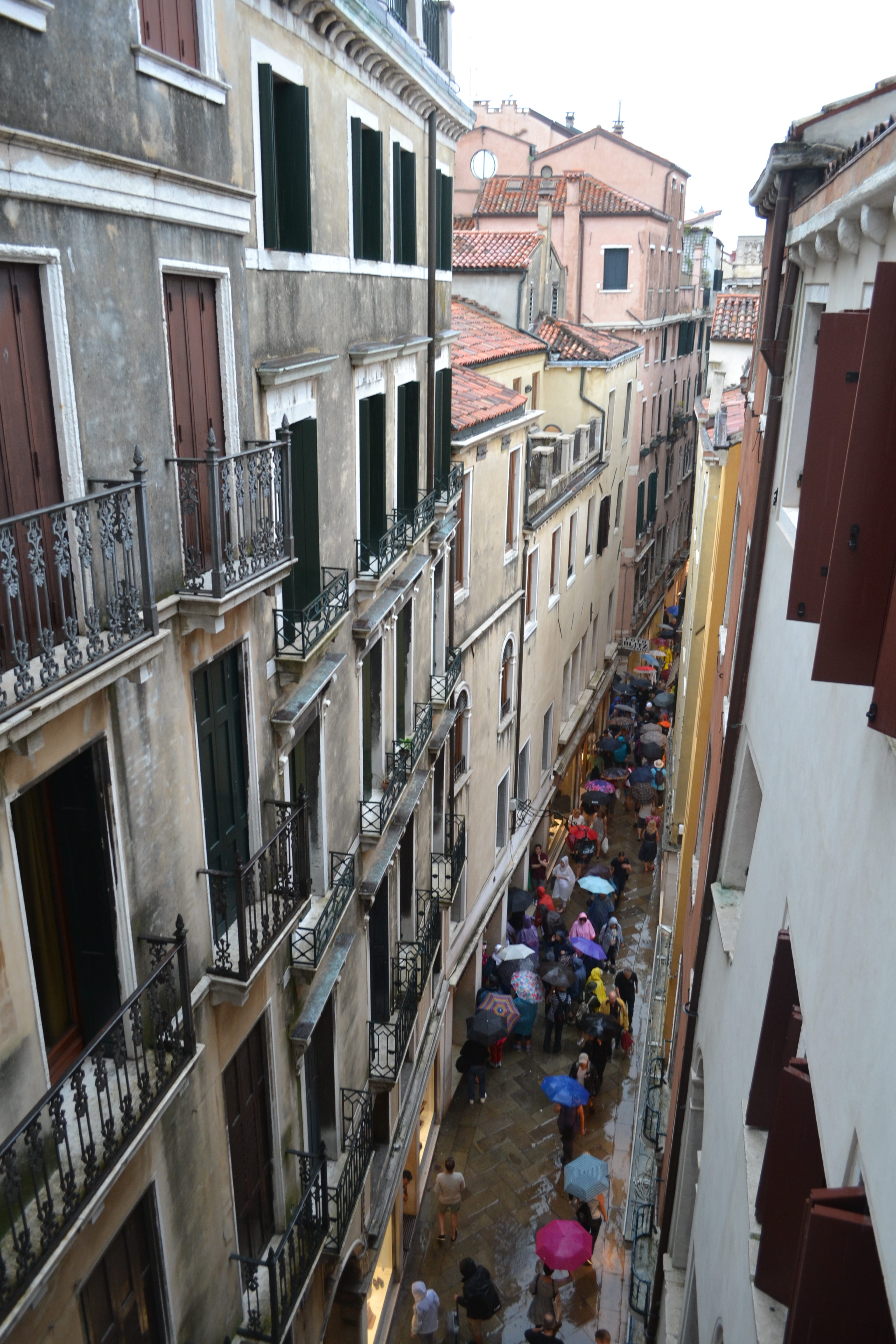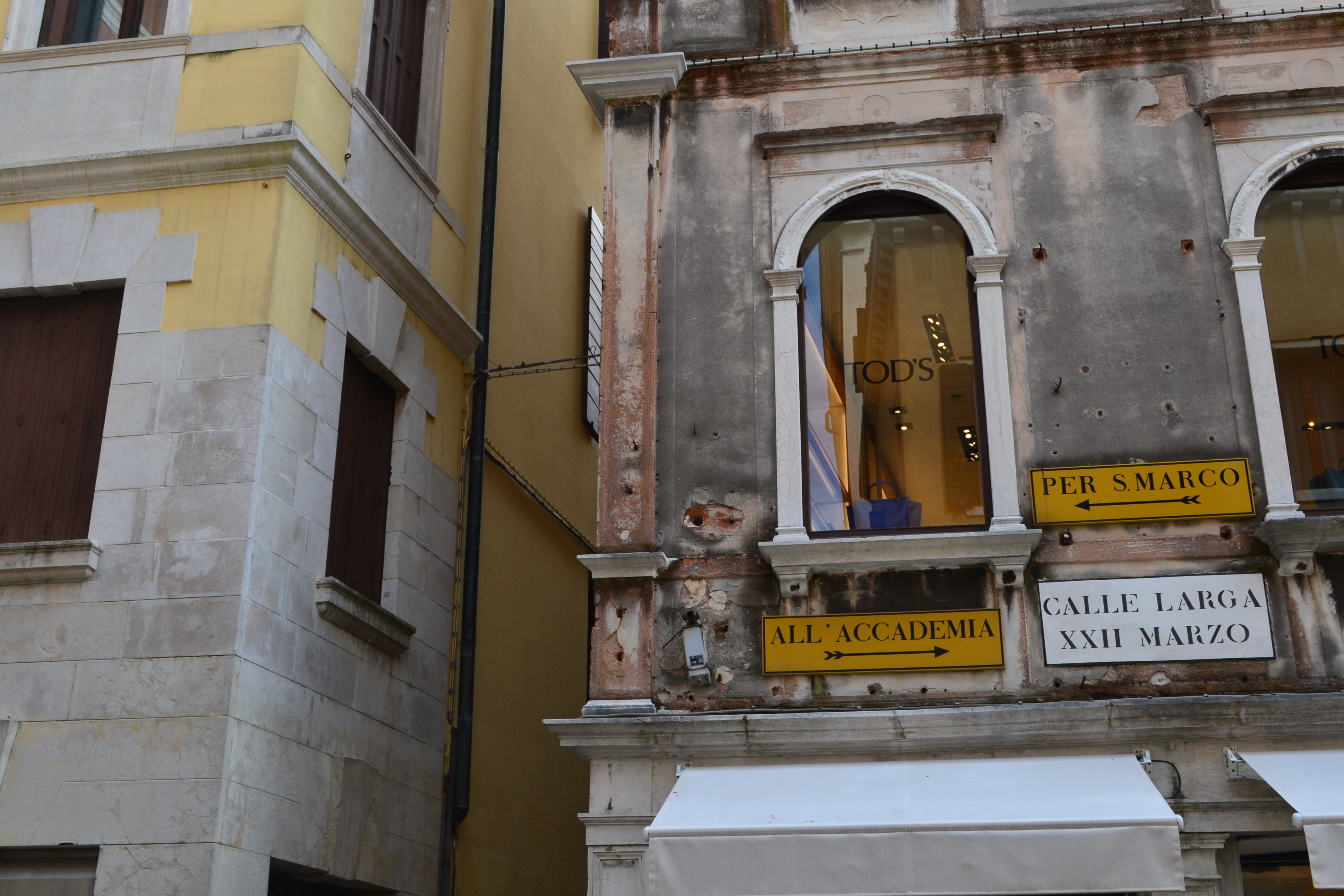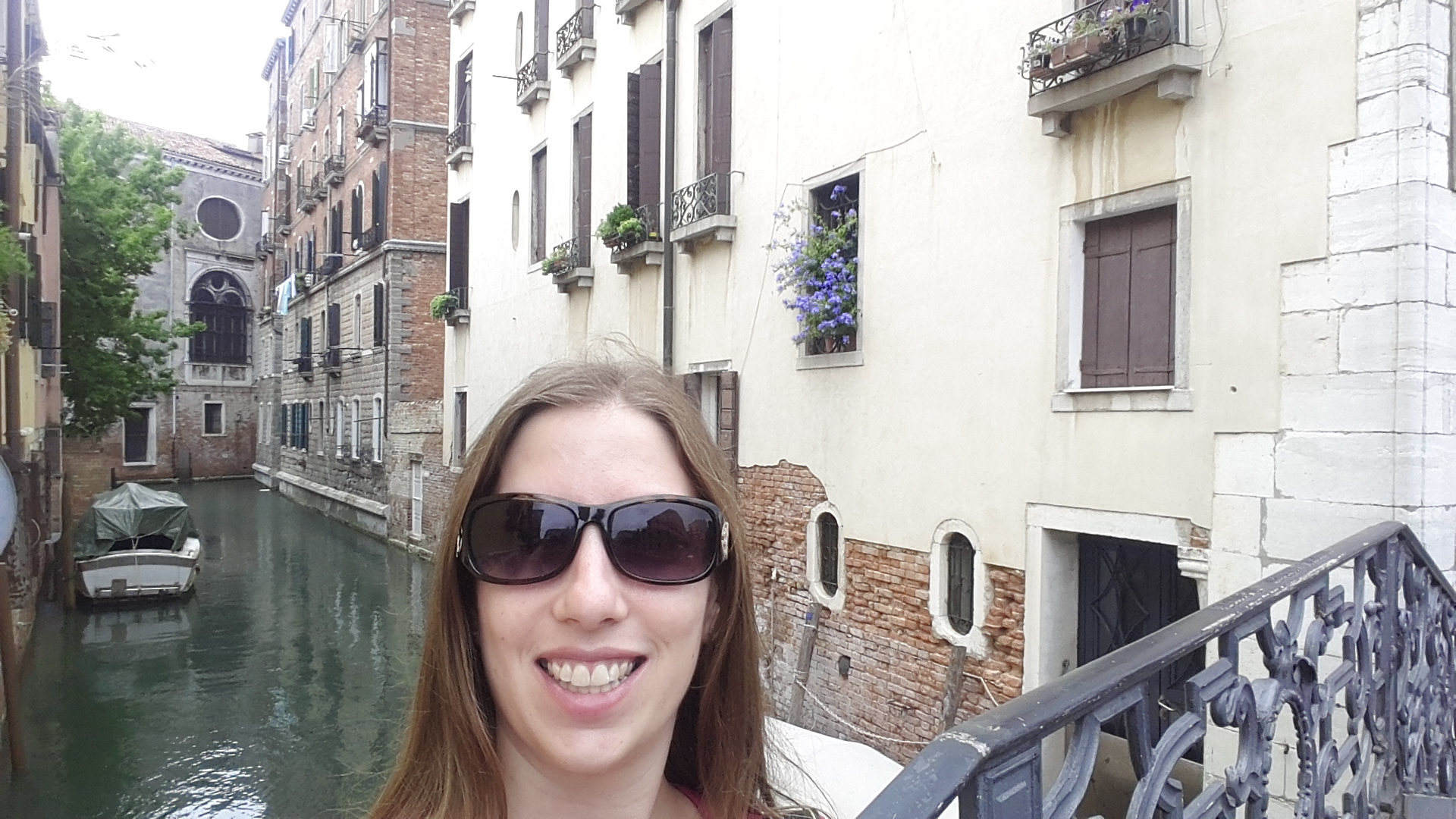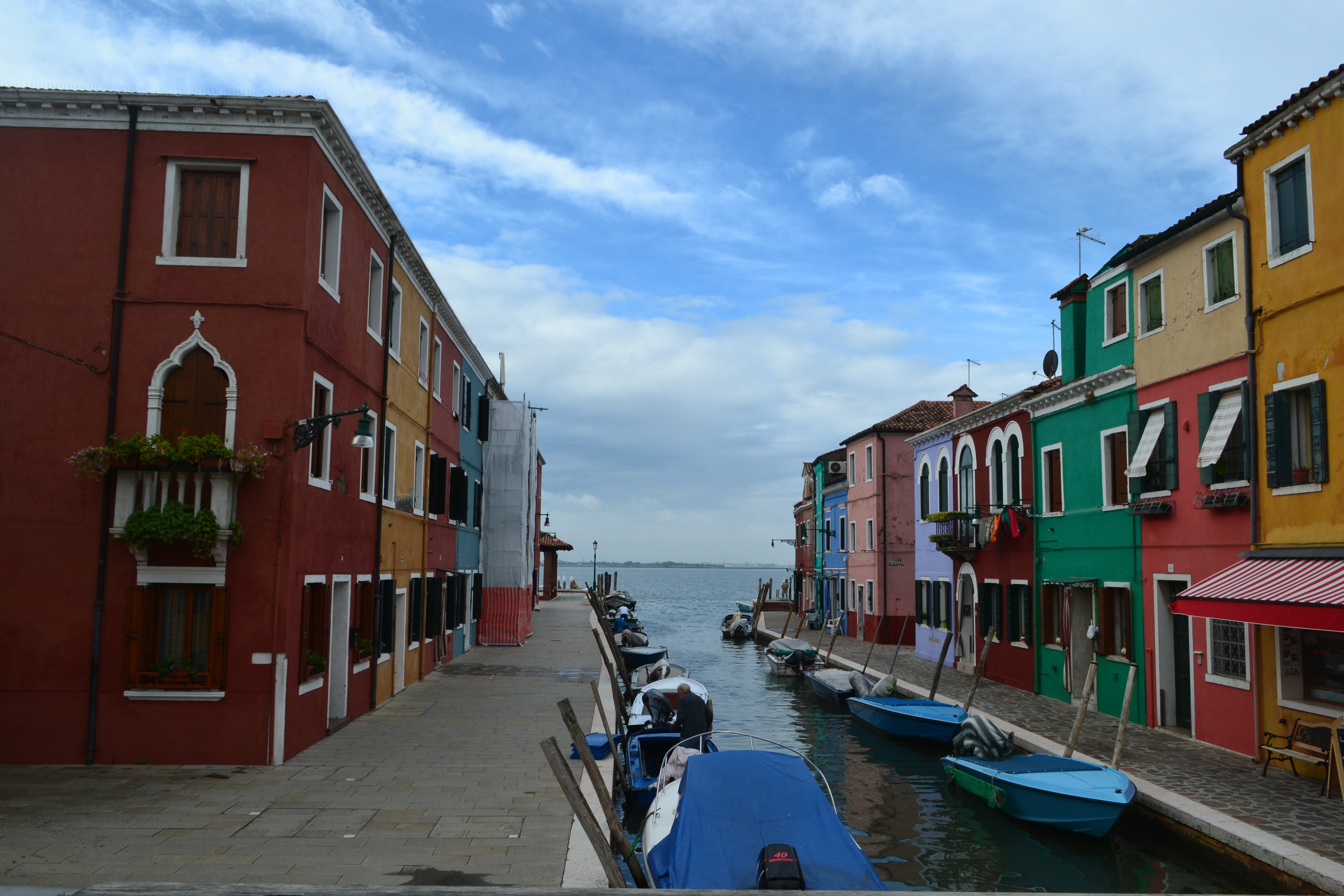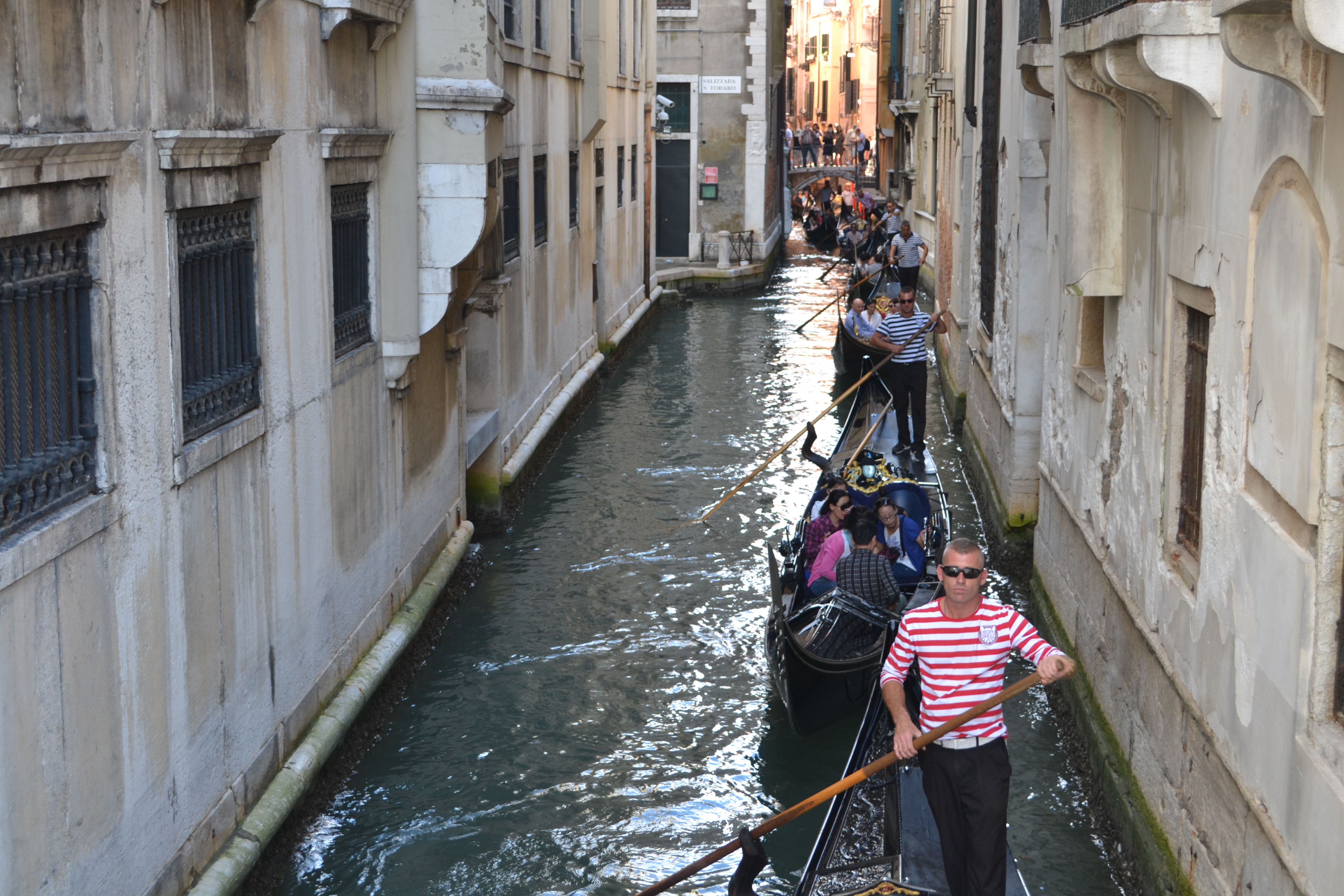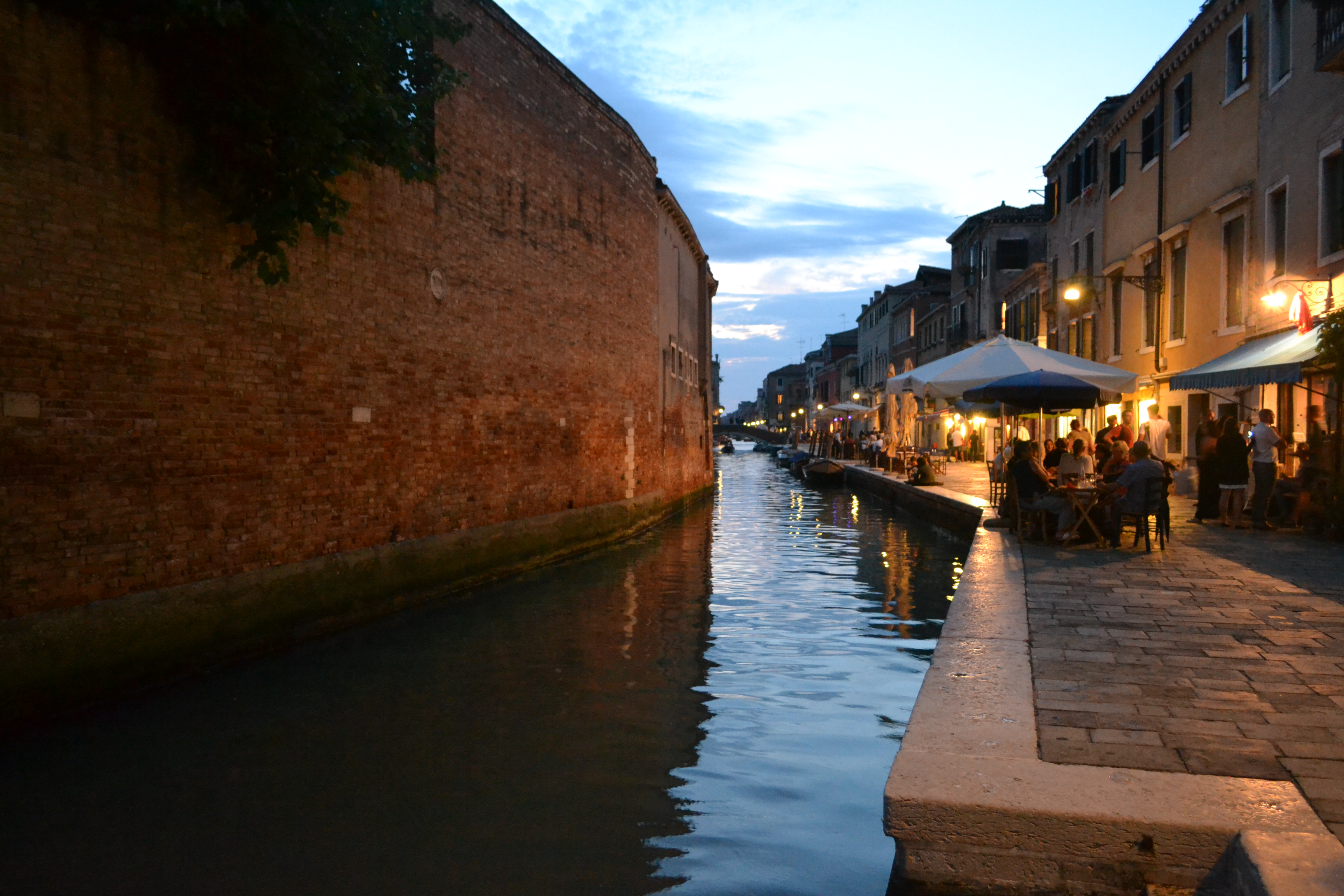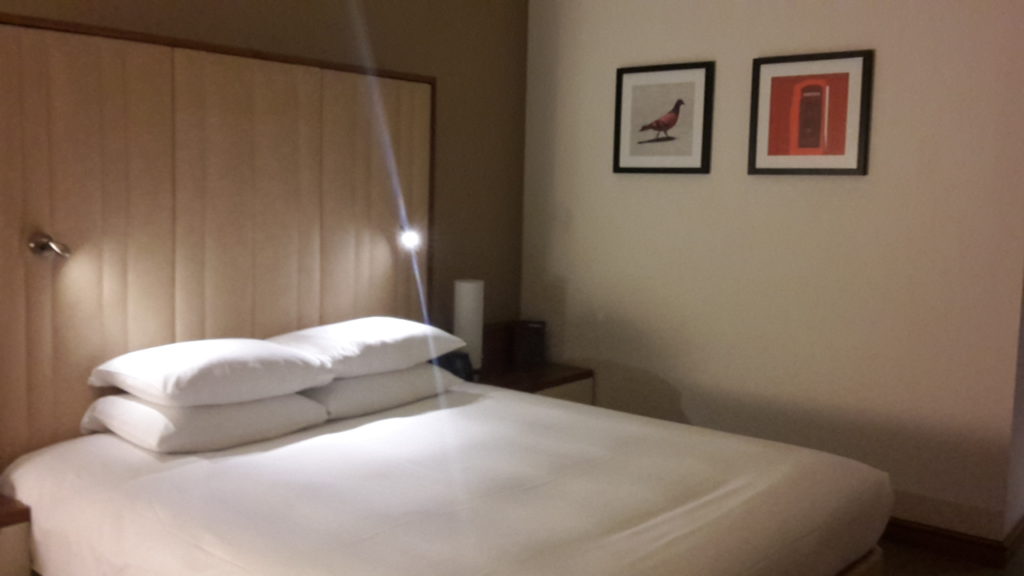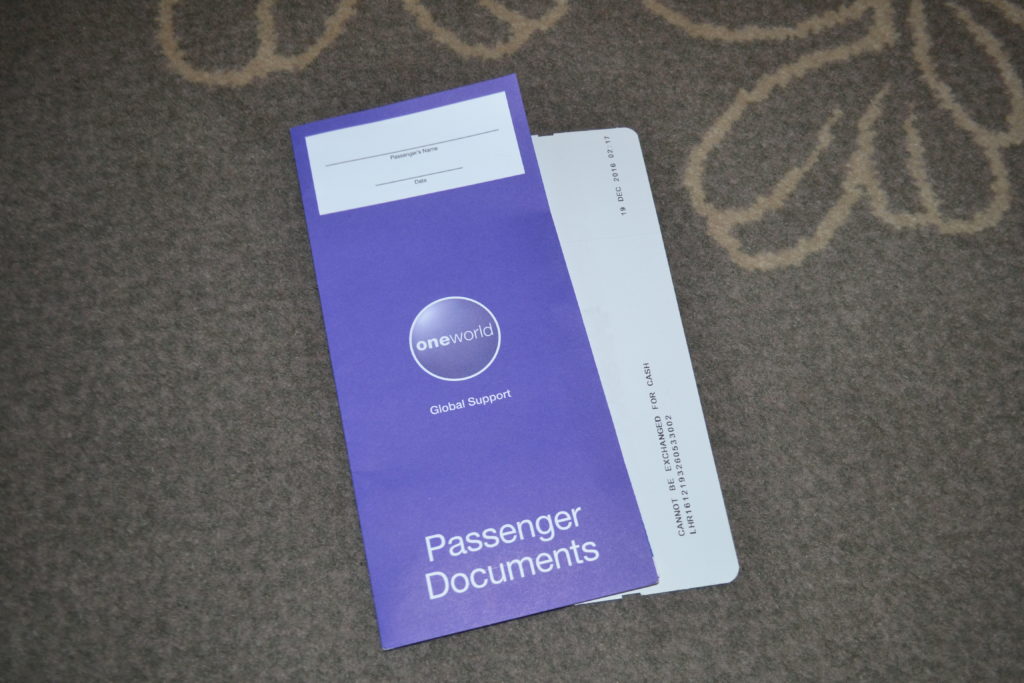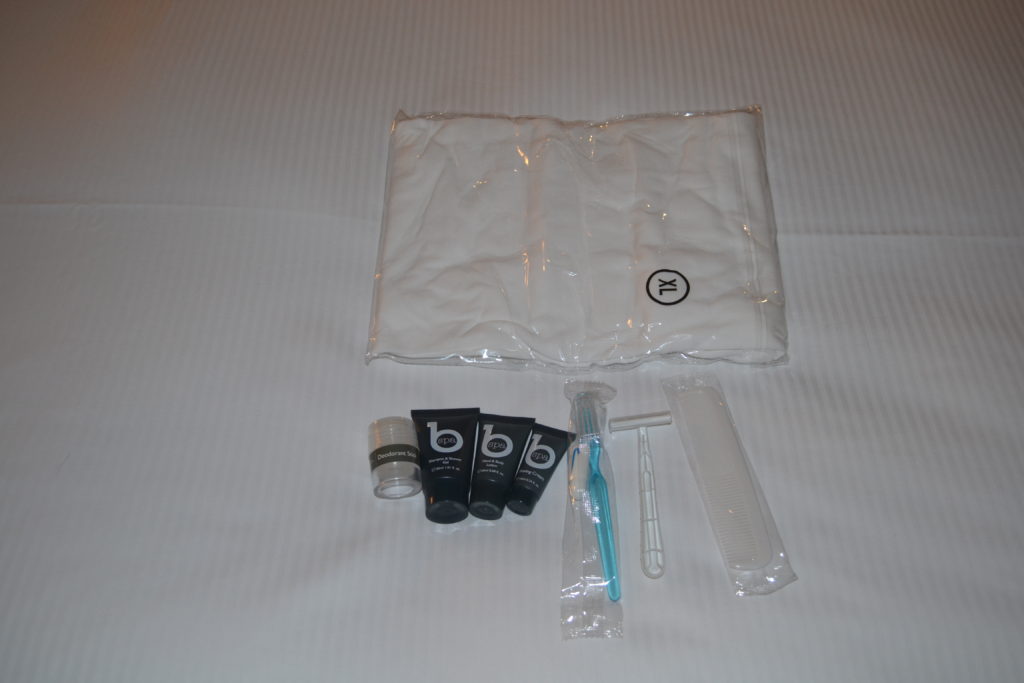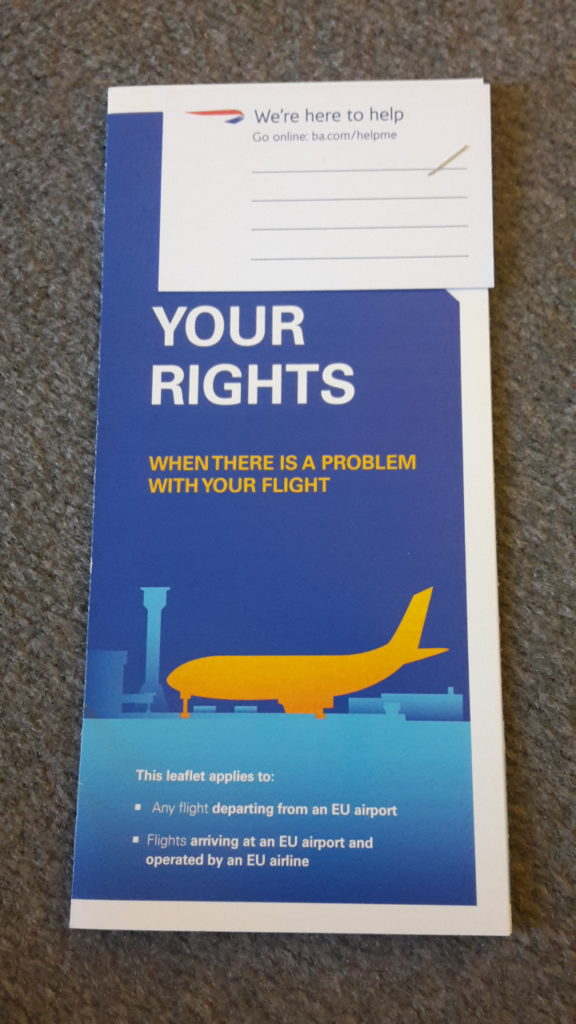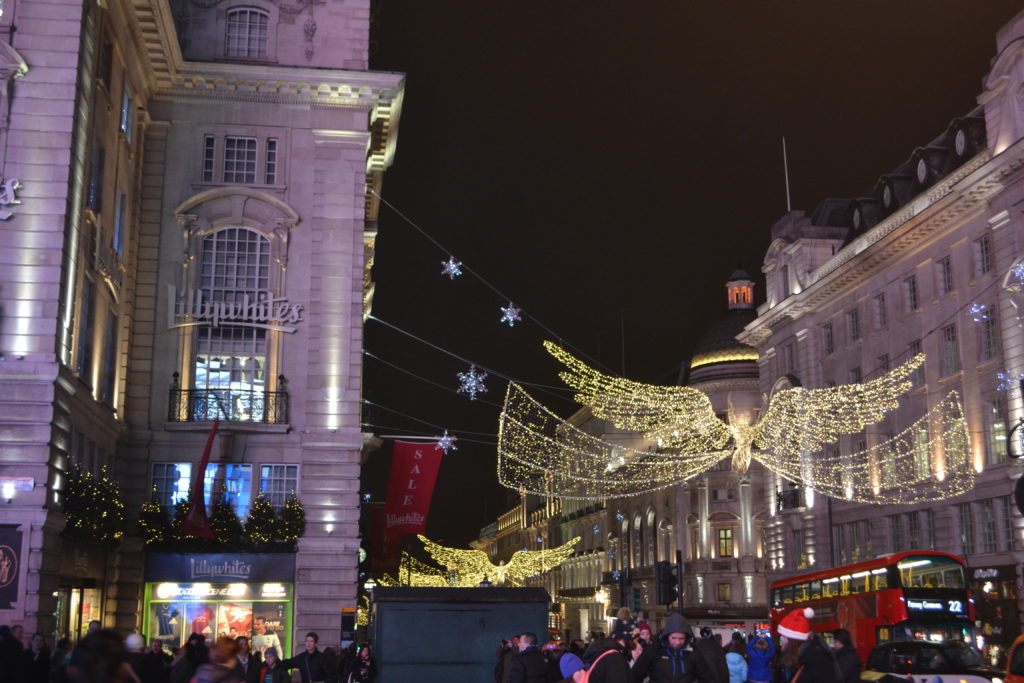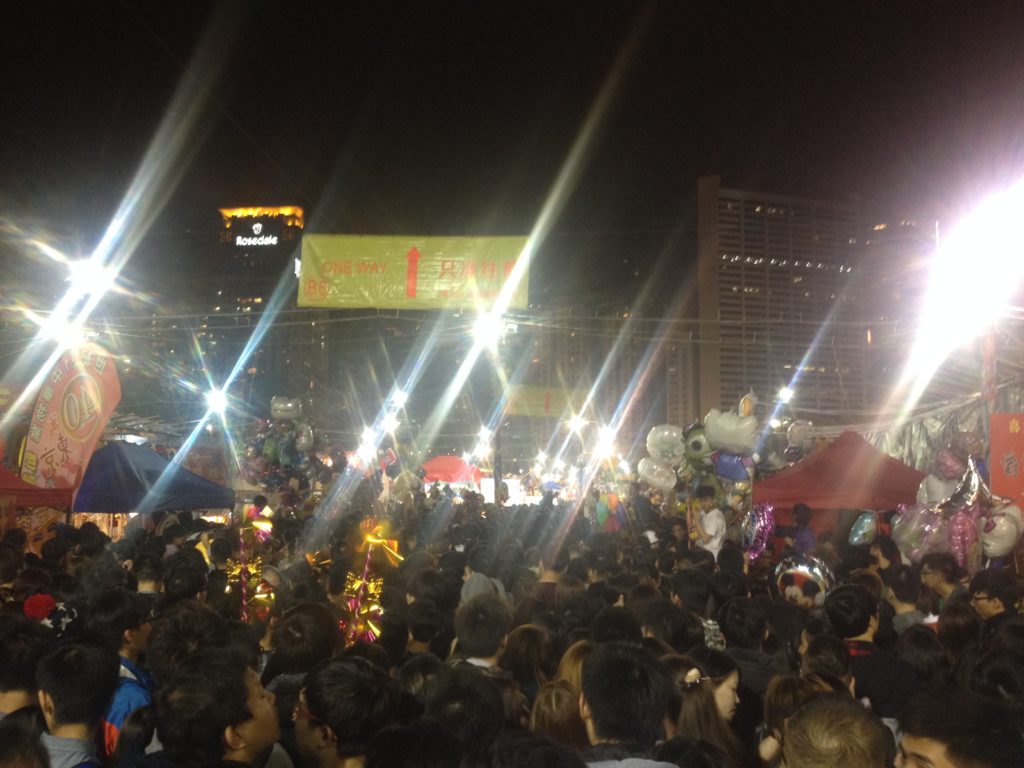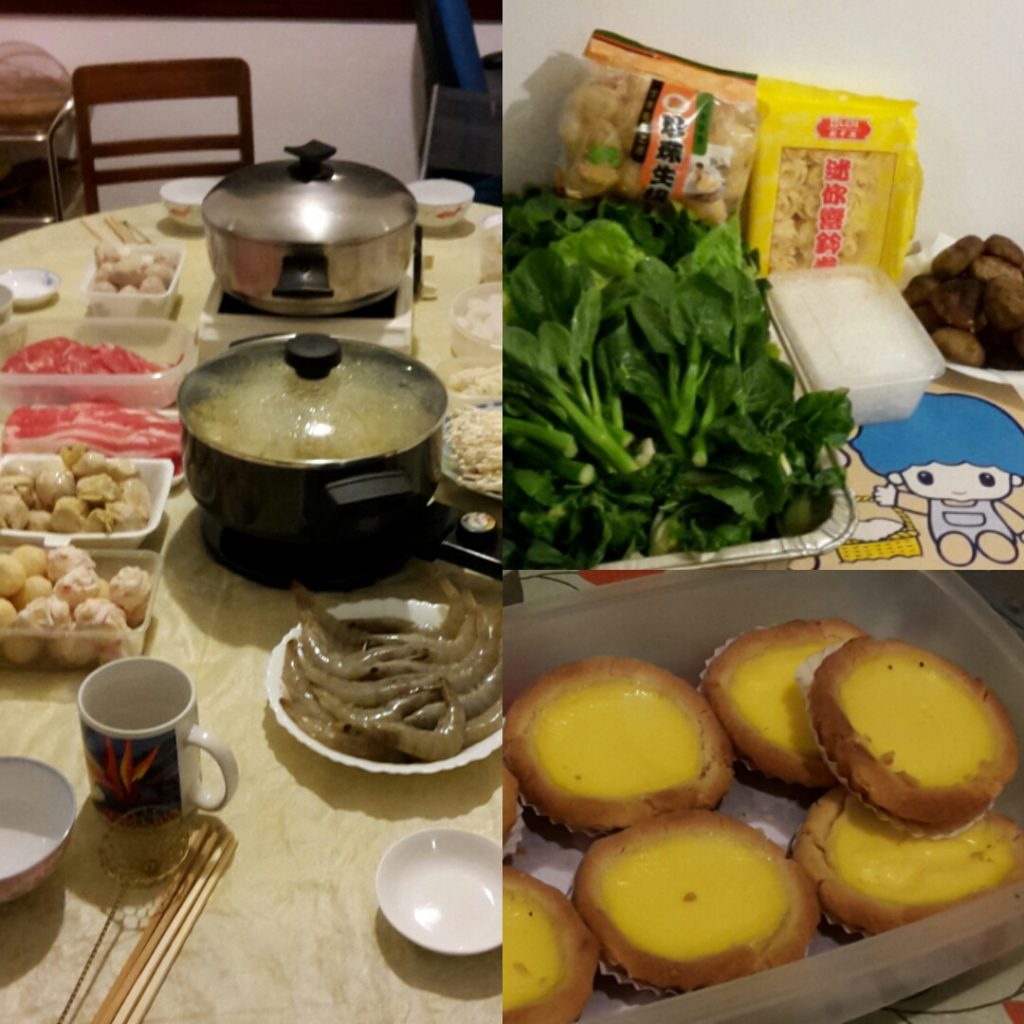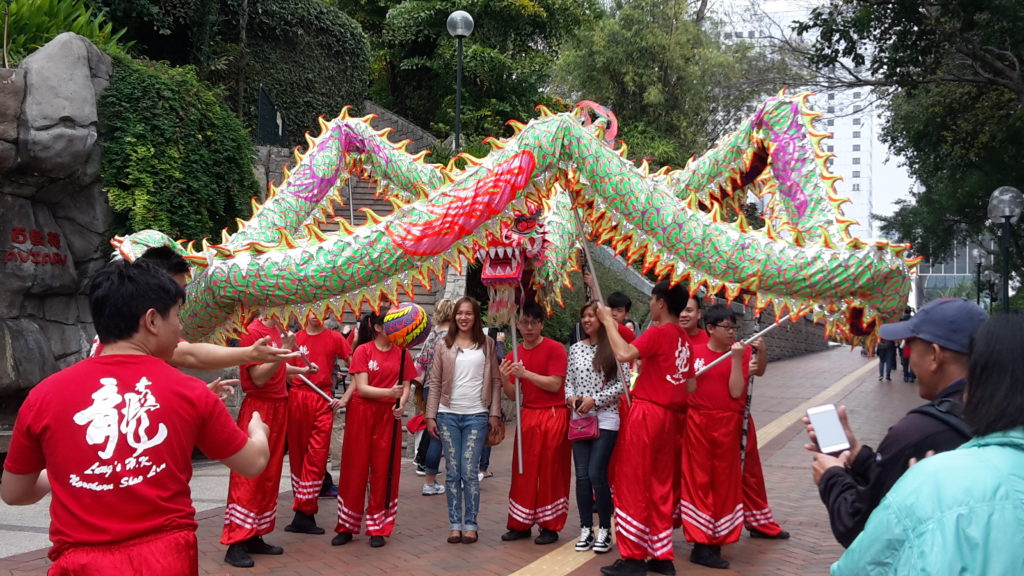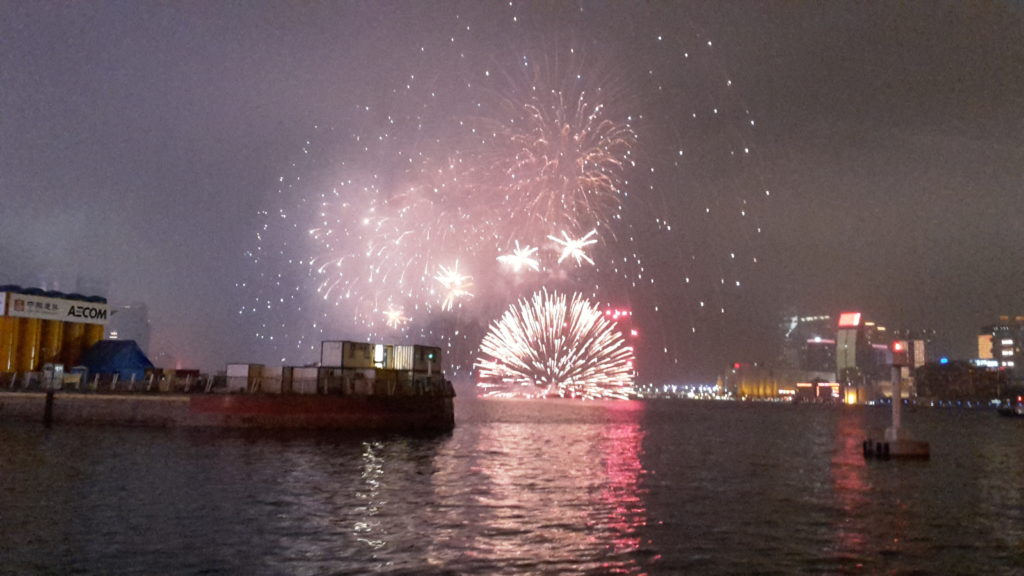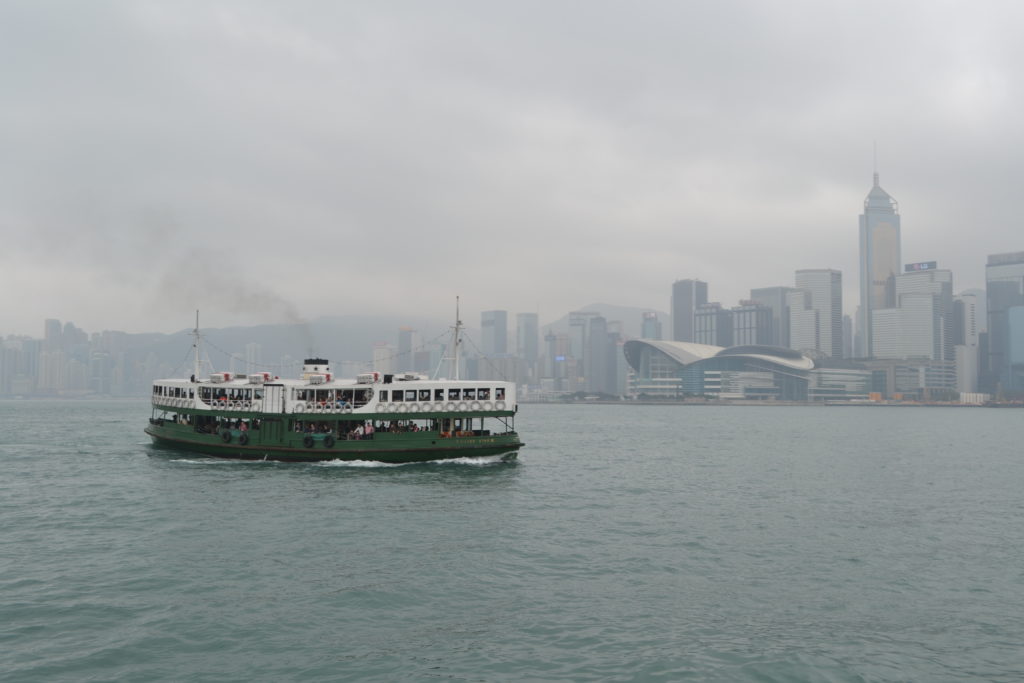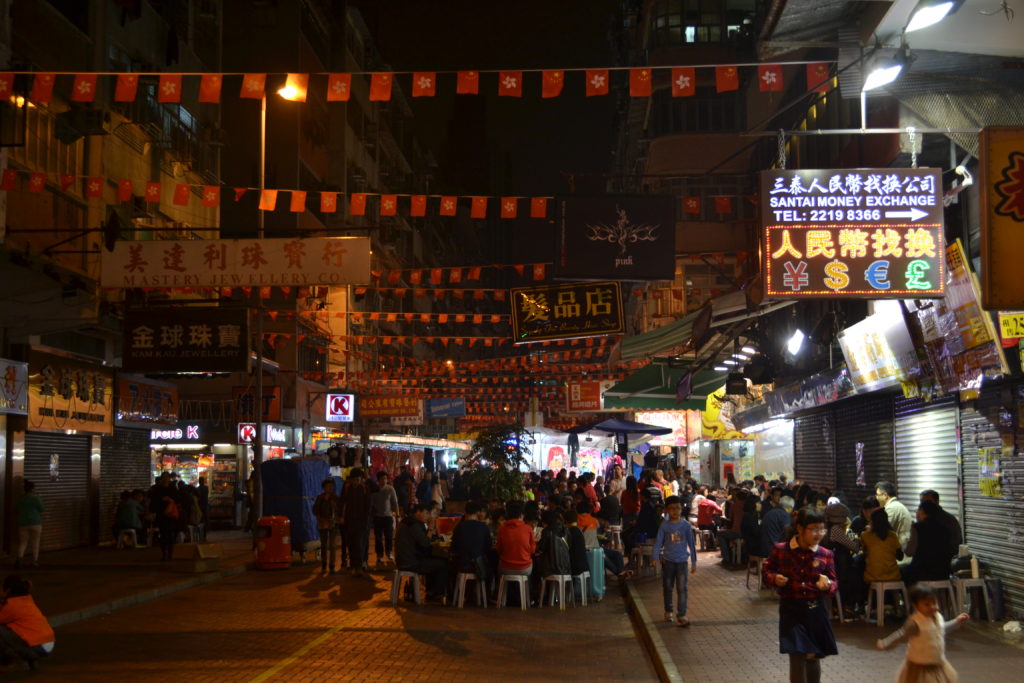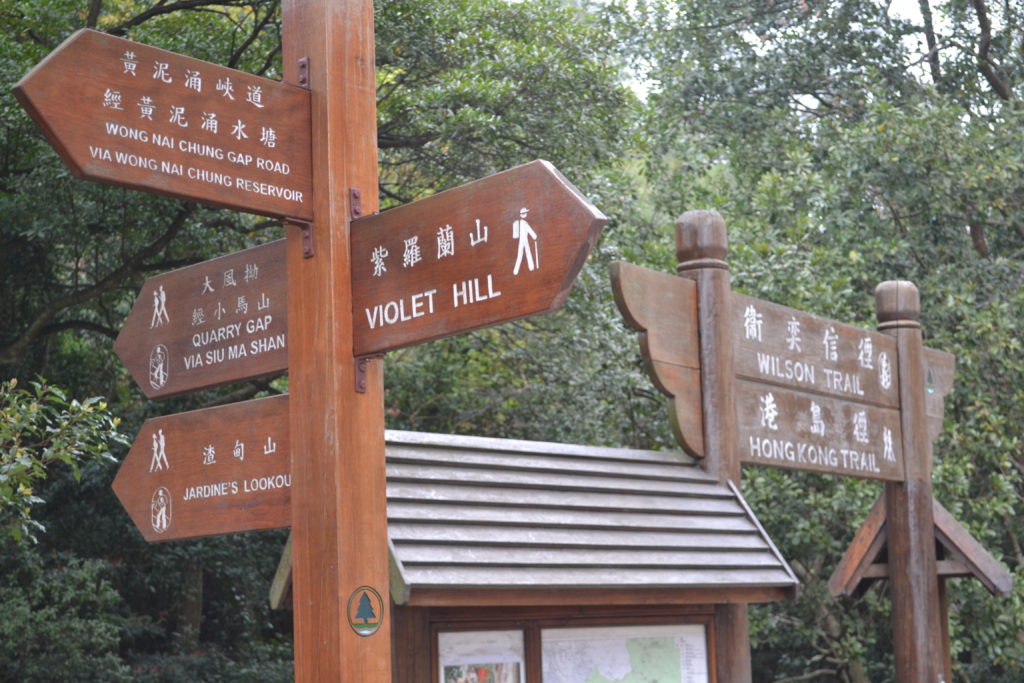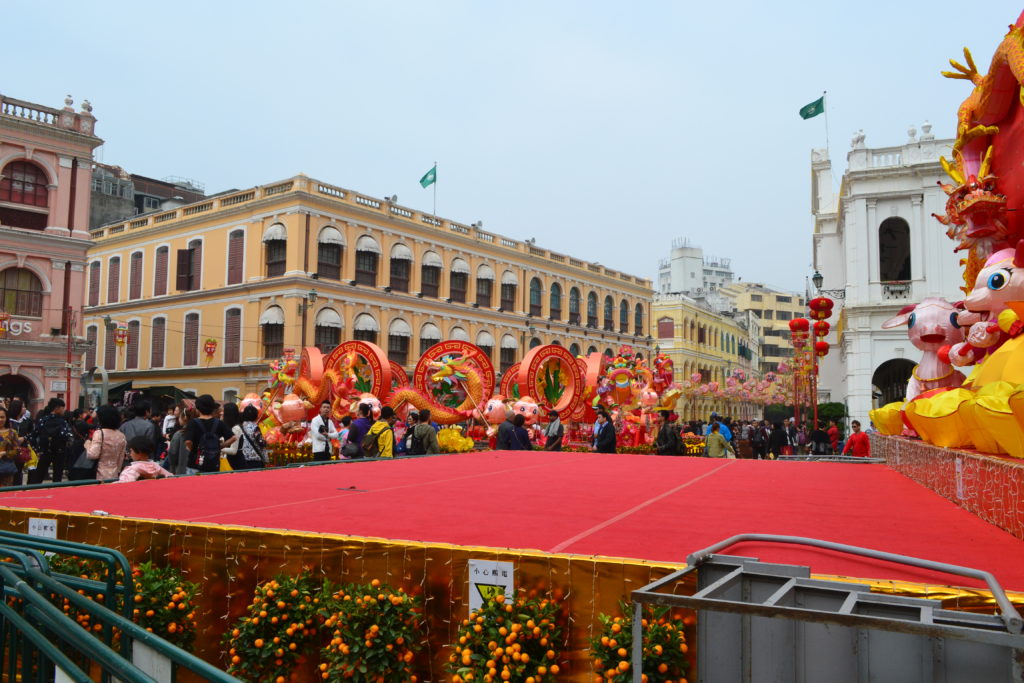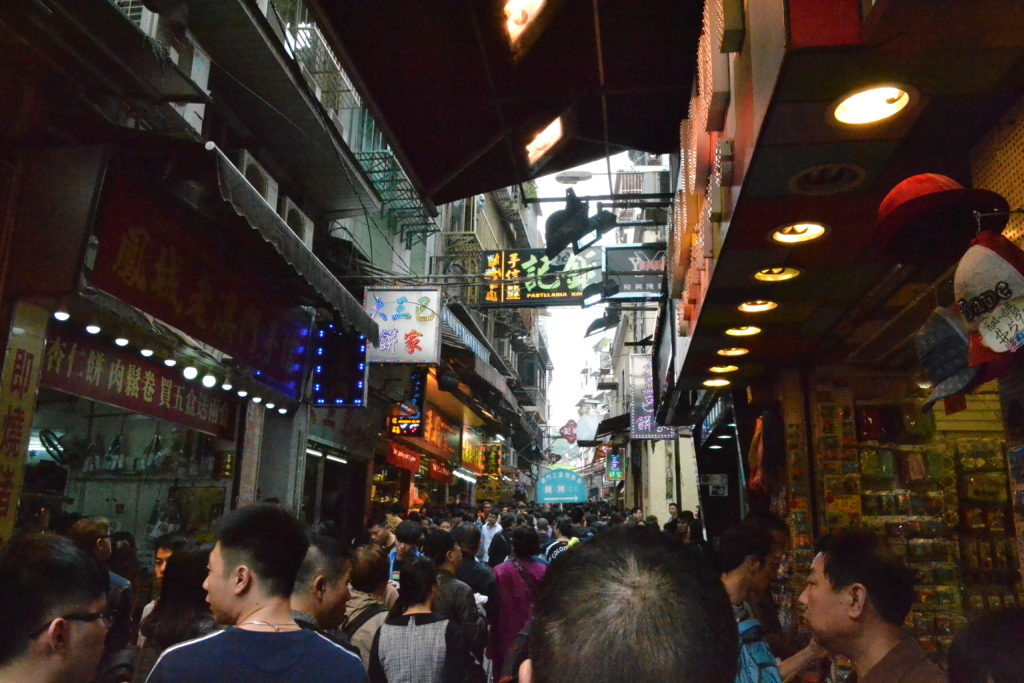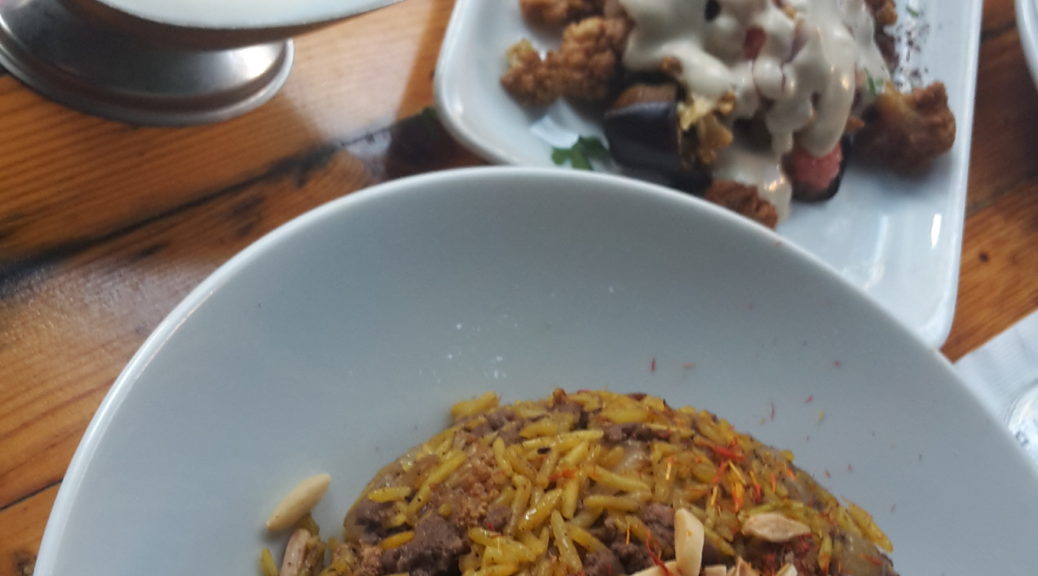
Best Places to Eat (& Drink) in Israel
Israeli cuisine is quite varied, but mostly local, so when a specific restaurants stands out for me, it’s really something special. Living there, I shopped for fresh produce at the shuk (market), bought my pita in stacks of ten several times a week, and mostly cooked at home. And with such fresh ingredients – the fruits and vegetables are at the peak of ripeness – you don’t need to do much to make them taste amazing. Not surprisingly, salads and spreads made from this excellent produce constitute a good part of the Israeli diet. And in the case of most of the local specialties that comprise my ‘foodie bucket list’ when I visit these days, these typical foods are available nearly everywhere, and every neighborhood has its best local place to consume them. If asked, any two Israelis are likely to argue over the best falafel spot down the street or which restaurant serves up the best shakshuka.
So in an environment like this, how did I possibly compose a list of “best” places to eat and drink across the country?
There are a small number of traditional and experimental foods and drinks that have made such an impression on me that I can still recall my meal in great detail. Some single flavor combination that is so spot-on or well-balanced. Or a unique ambiance that enhances great food and drink all the more. Or a basic establishment that serves such standout dishes that I want to come back for a return visit – and I have!
These are my best bites and sips. Israeli restaurants, cafes, and bars that I would come back to again and again (and probably will on my next visit):
Acre/Akko
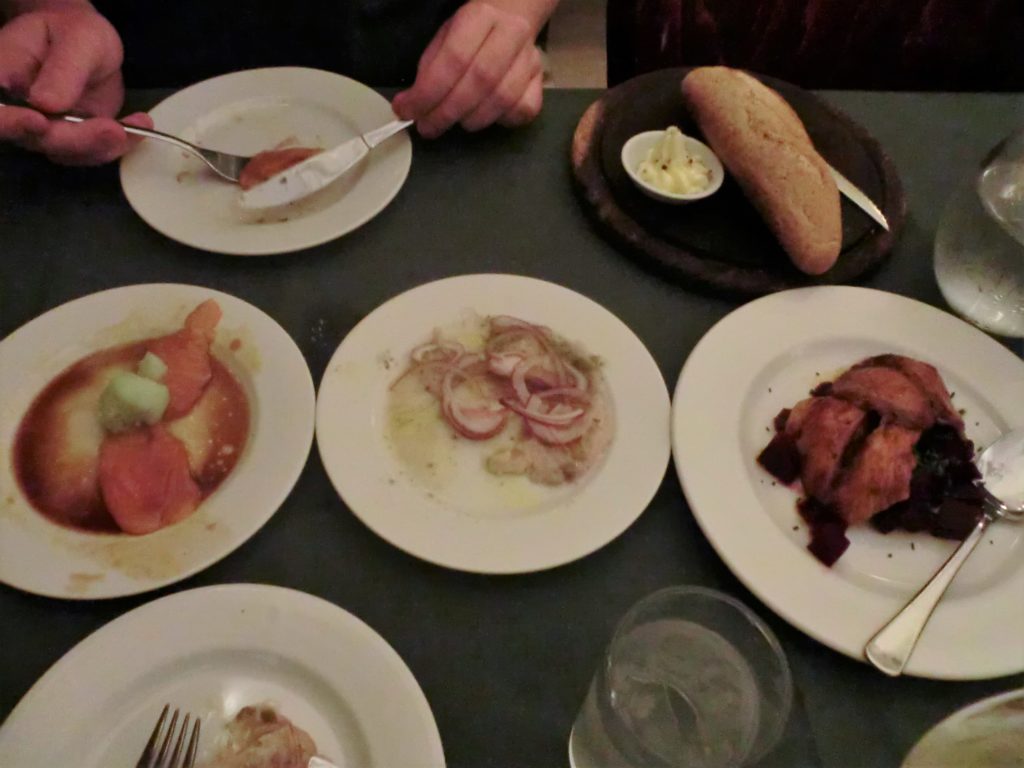
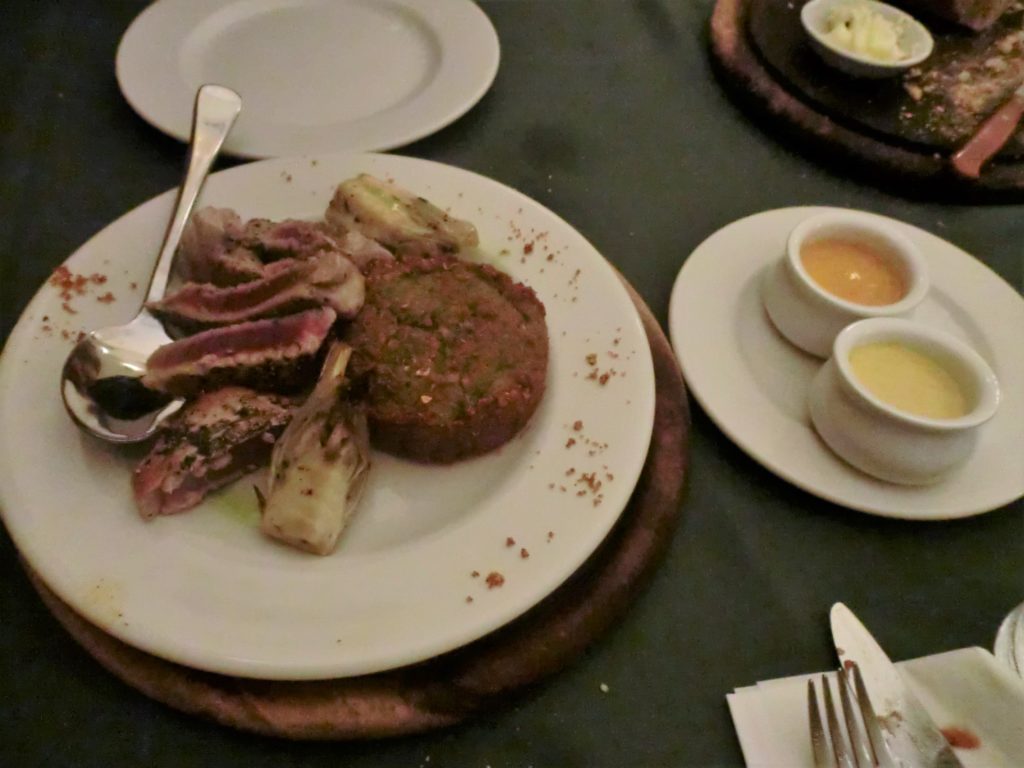
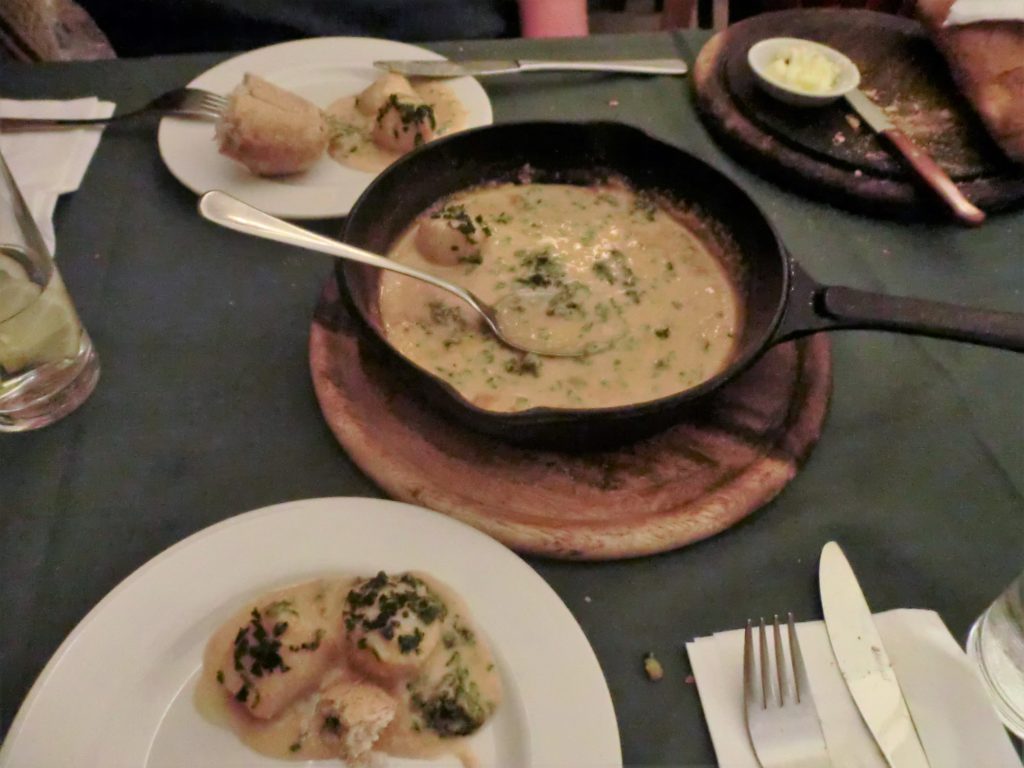
The meal I savored here still counts as one of the most epic tasting menus I’ve ever consumed. The philosophy is that they’ll keep bringing out specialty dishes of the house until you’ve decided that you’ve had enough for one night. Not a budget endeavor, but completely worth it for the cozy atmosphere in an old stone building and the whimsical and enticing dishes that exit the kitchen one after another. It was one of the first dishes that were served – a salmon sashimi with wasabi gelato – that really set the tone for me that I would be in for a special evening delighting my foodie tastebuds. While Uri Buri is a fish restaurant, it is not kosher (so will serve up shellfish), although there is also the option to dine a la carte if that’s a concern. And if you’re lucky, you’ll get a view of Uri Buri himself in the kitchen and greeting diners. He looks a bit like Santa Claus with a long white beard and lots of jolly laughter, so you’ll know it’s him if you see him. Only such joy could produce food this good.
Haifa
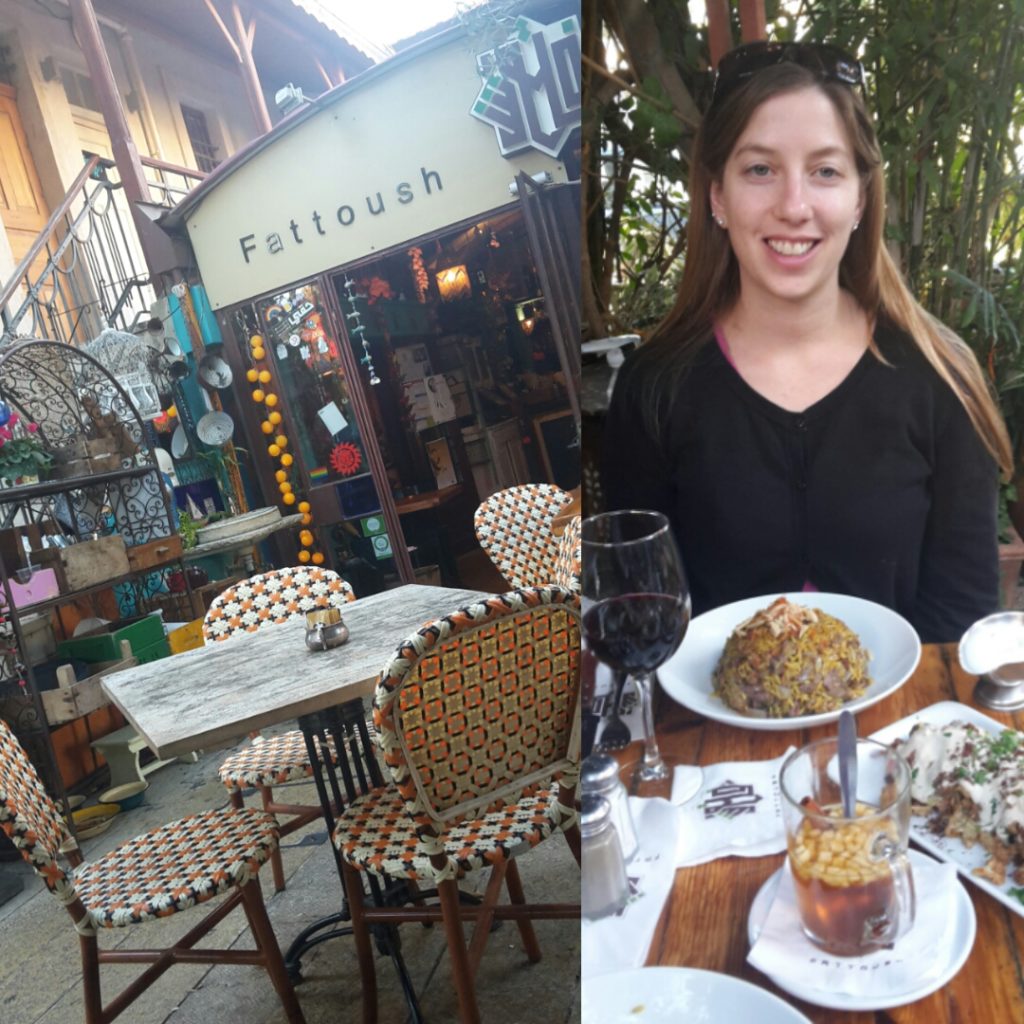
On the main street in Haifa that leads to the Baha’i Temple is this wonderland of Middle Eastern culinary specialties, with enough options to satisfy anyone’s appetite. There are ample vegetarian dishes and more meat dishes than you can imagine. Plus, you can’t beat eating inside the quaint courtyard on a beautiful day. Make sure to leave room for dessert and get their tahini ice cream – a frozen delight based on the sesame spread – something you’re not likely to be able to enjoy anywhere else.
Jerusalem

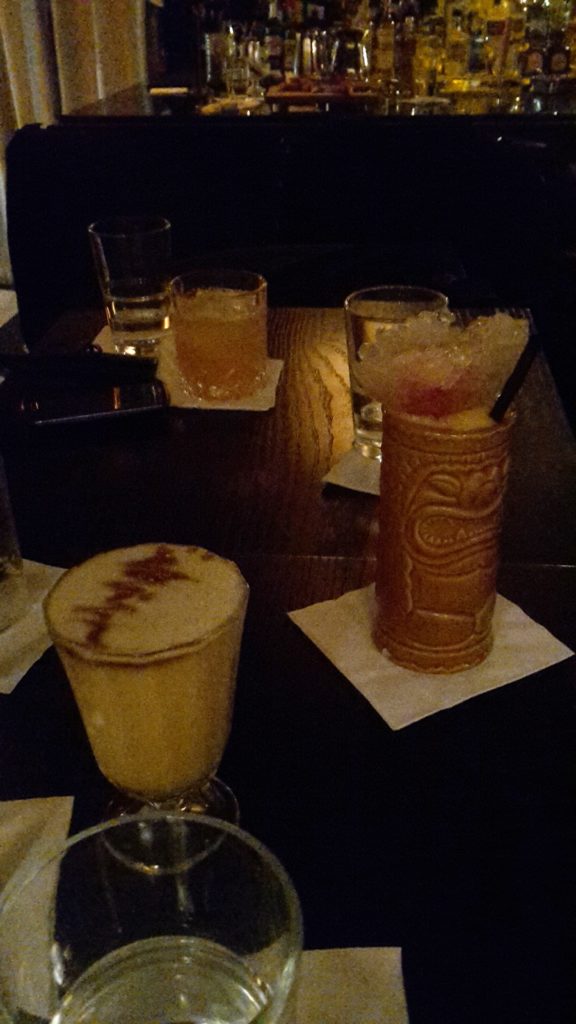
I’ve had my fair share of cocktails during my time living in and visiting Israel, however the one that stands out in my mind I enjoyed at Gatsby. It’s a speakeasy on par with any I’ve been to in the world, bringing creativity and whimsy to its well-balanced creations. Being a speakeasy of course, it’s a bit tricky to find. To the right of the entrance to the Aroma Cafe is an unmarked door. Entering will bring you to a room where someone will be there to swing the bookcase open (!!) and let you inside. I was able to get in right when they opened on a Saturday after Shabbat ended, but in general reservations are recommended.
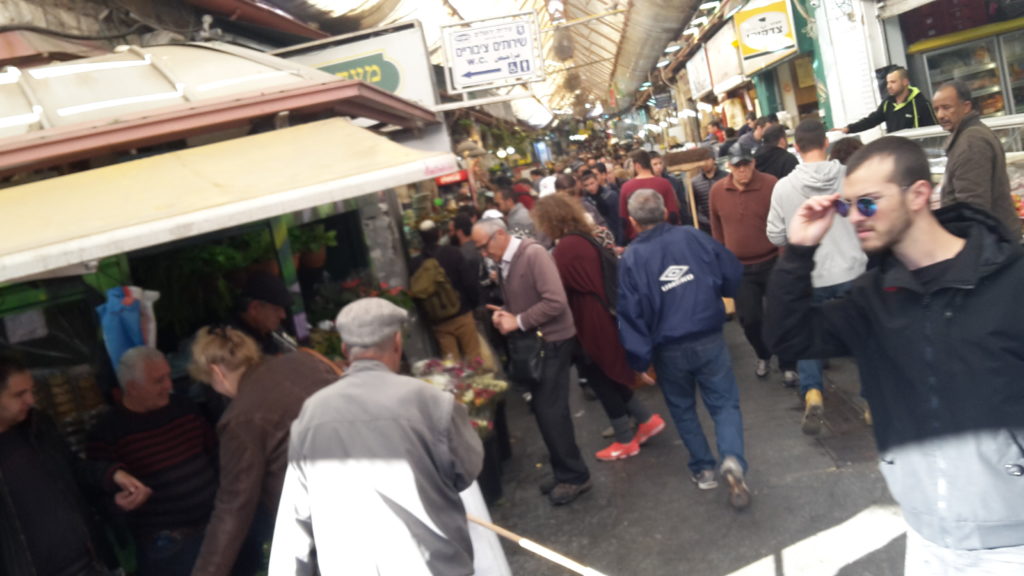
This market has been around Jerusalem for around a century, with countless vendor stalls selling all of the local specialties you could dream of, from bourekas to halva to baklava. It’s a great spot to pick up goodies for a picnic meal, or food for over the Sabbath from Friday sundown until Saturday sundown, when many restaurants in Jerusalem are closed. Relatively recently, the market after hours has also become a destination, especially for the younger Jerusalemites. There are a ton of sit-down restaurants of local and global cuisine that make this area a nightlife hub once the daytime vendors have closed shop for the evening. If you’ve never been, I’d check out the market both during the day and again in the evening to fully appreciate all it has to offer.
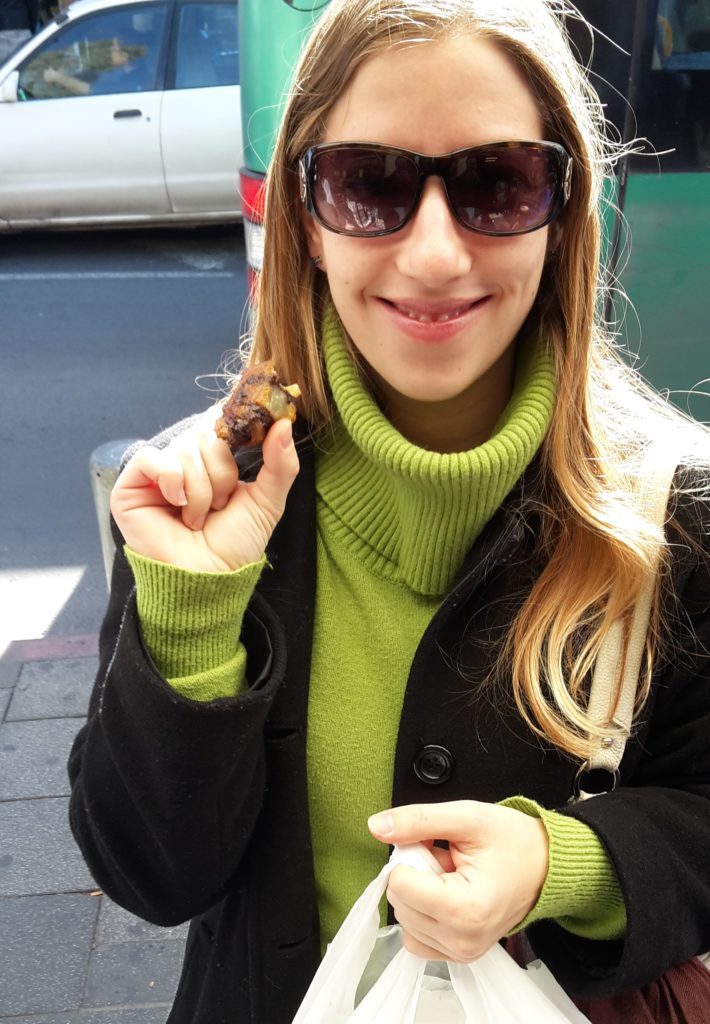
A spot not far from Machane Yehuda Market (see above), no visit to Israel is complete without rugelach, a chocolately rolled mini-pastry, as prepared here. Bold words, but I absolutely mean it and am not alone – many foreigners make Marzipan their final travel stop before heading to the airport so they can take fresh rugelach home for loved ones. You’ll want to be sure to go when you’re in Jerusalem, too.
I’ve been coming to this bookstore/cafe for nearly two decades. And it’s just as charming as it was on the day I first wandered down an alleyway off Jerusalem’s touristy downtown pedestrian area and entered its cozy interior. Its shakshuka has been named one of the 10 best breakfasts in the world by Lonely Planet and its evening fare consists of the typical light, yet filling dishes you’d find at a cafe. Even as a teenager, I appreciated this oasis in the middle of an otherwise chaotic part of town, especially in the evenings. And sitting in plush chairs among the bookshelves just has a way of making you feel at home.
Tel Aviv/Jaffa
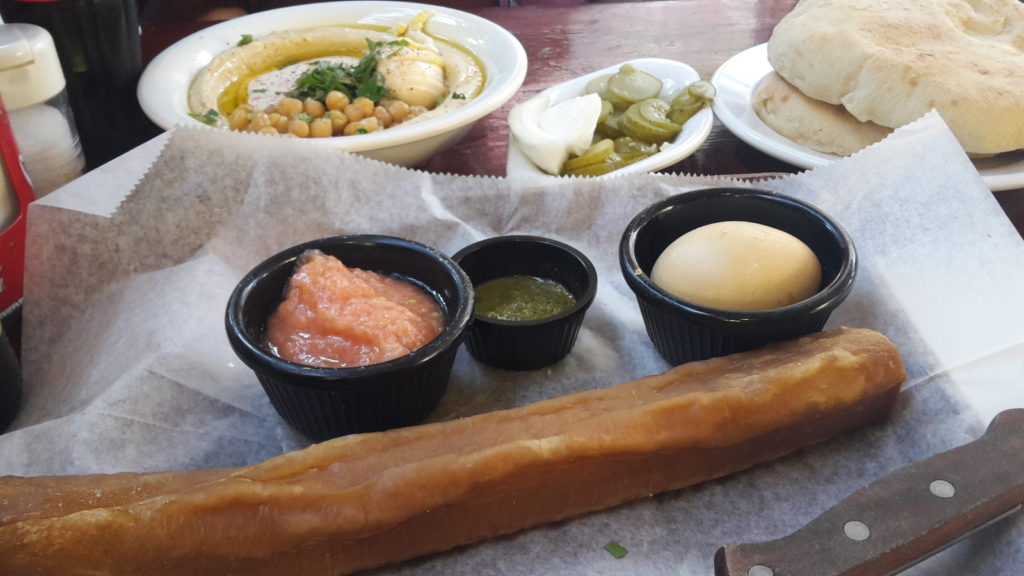
In a teeny outpost on Allenby Street sits this self-proclaimed ‘House of Hummus’ serving up delicious plates of hummus with some of the friendliest service you’ll find in all of Israel. Here, the hummus is the main event, to be slowly enjoyed by ripping off small chunks of pita and swirling it through the plate of hummus. It’s a relaxing ritual, and you’ll want to eat slowly and savor all your bites at this spot that claims to be No. 2 in all of Israel. Number 1 according to the chef? Your first hummus ever. After that, this is the spot to go.
The Old Man and the Sea
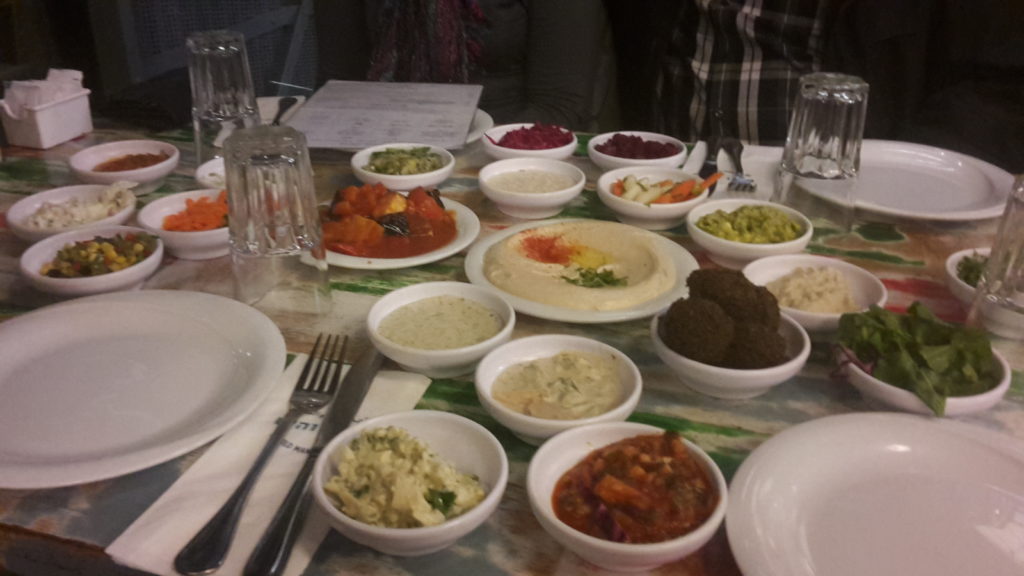
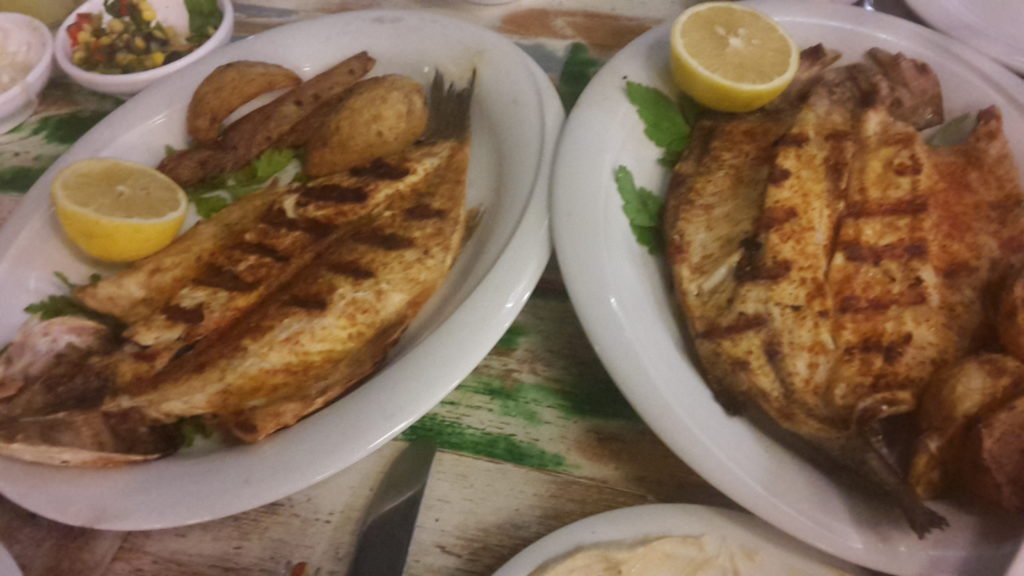
Named after the Ernest Hemingway novel of the same name, this restaurant has been around Tel Aviv for a while and boasts multiple branches, although the one in the port city of Old Jaffa has the best view. Come with a group of friends if you can, as your table will be covered with salads and spreads to devour, and that’s even before your fish arrives. The food is great, the atmosphere makes it.
Sabich Frishman
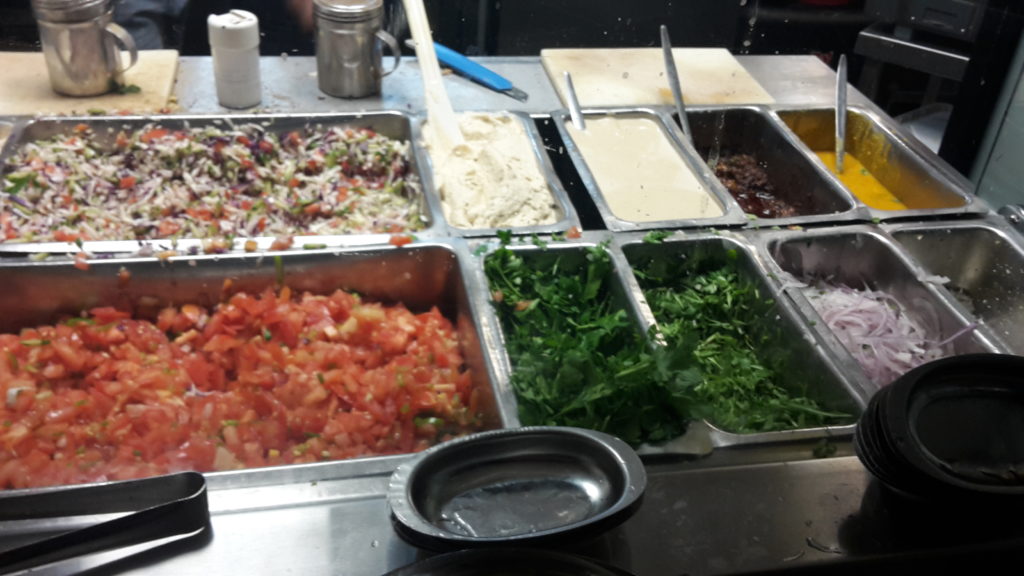
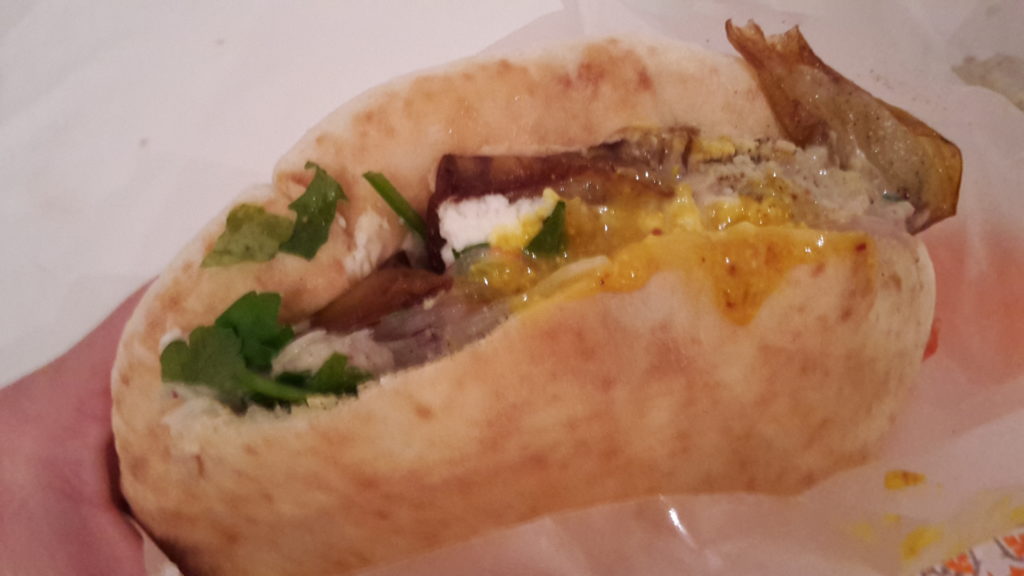
Okay, so sabich may be my new Israeli food obsession. This pita stuffed with fried eggplant, hard-boiled egg, and a range of vegetables and condiments has all the ingredients and balance that for me make a perfect bite. And the version you’ll get at Sabich Frishman is considered by many to be the best in Tel Aviv, possibly in all of Israel. There is likely to be a line snaking out the door at most hours as locals line up. I like mine with cheese, all the vegetables and condiments, and a bit of spicy sauce, but you can just let them know when they efficiently take your order at the front.
Have you been to any of these spots? Any place I should have included that’s not listed? Any other questions about eating out in Israel? Let me know in the Comments!
Like this post? ‘Pin It’ for Later!

